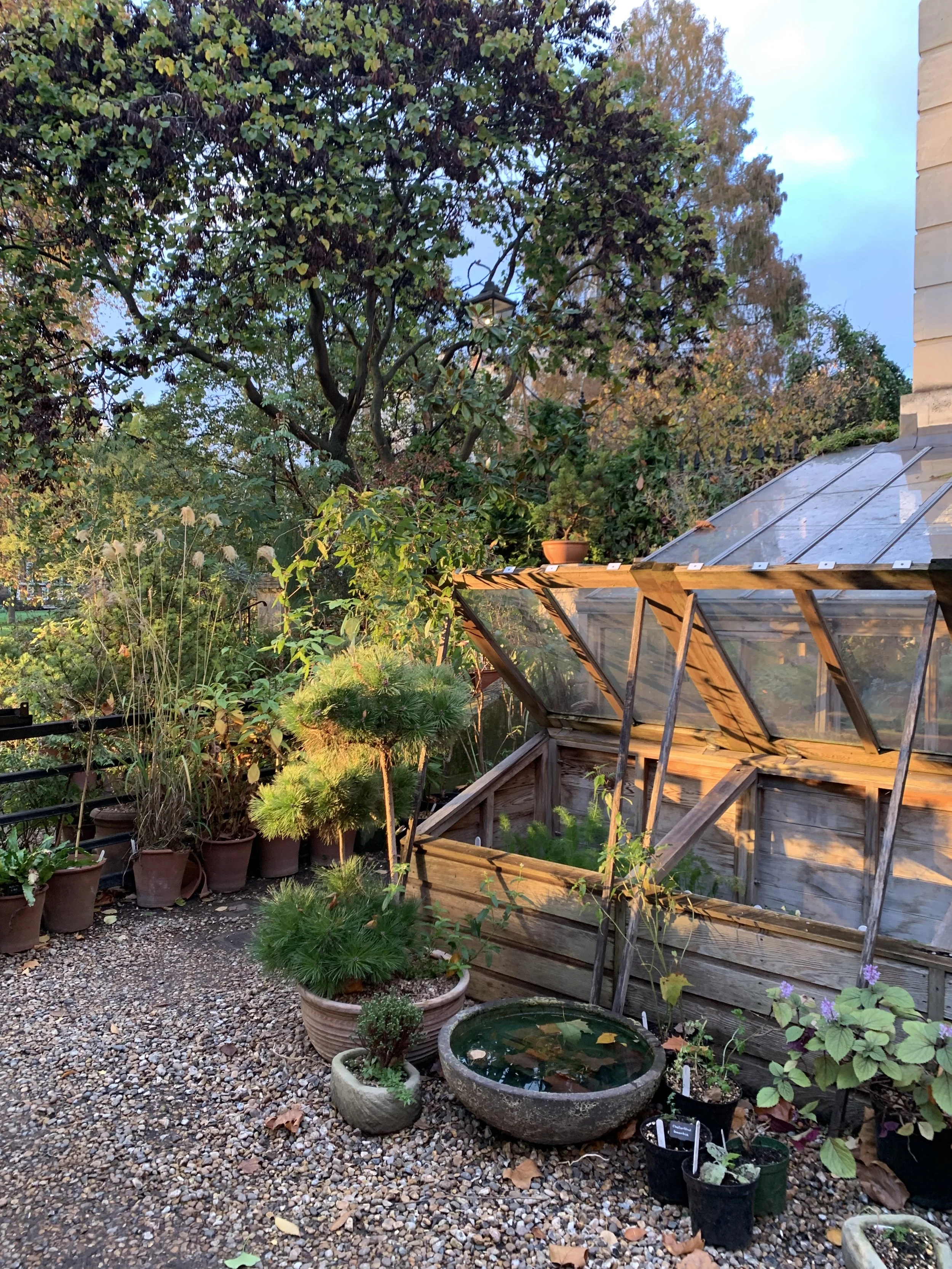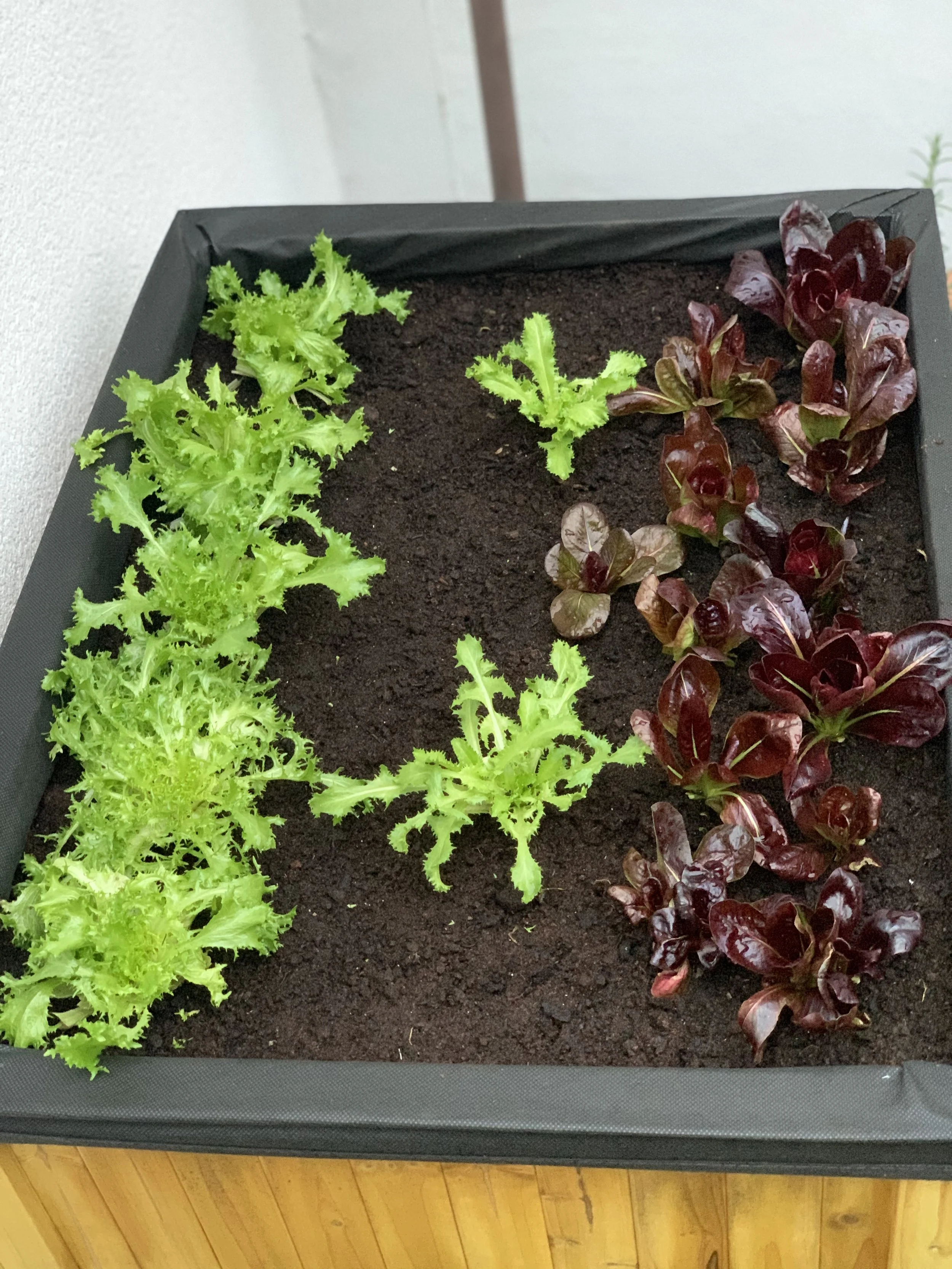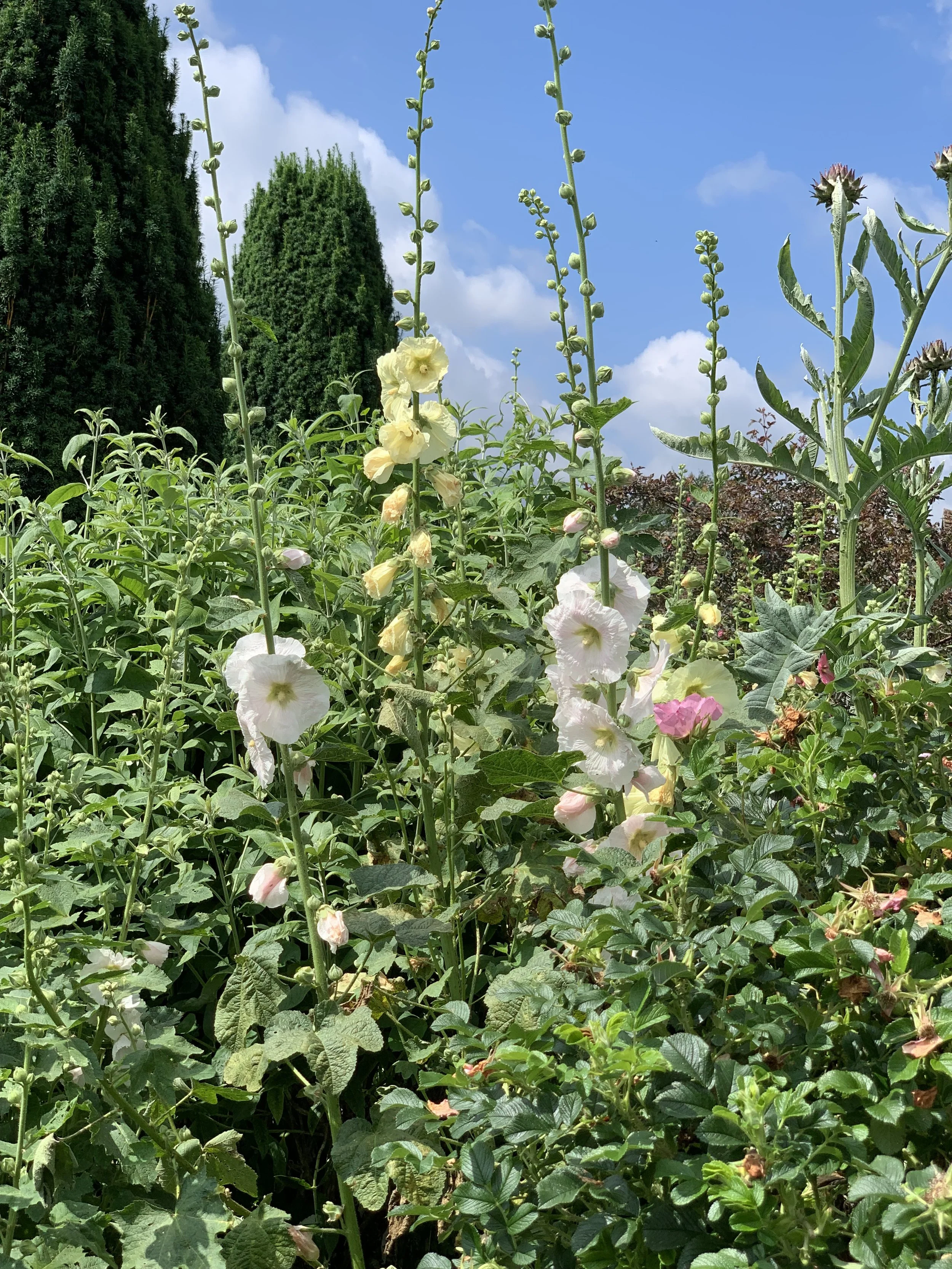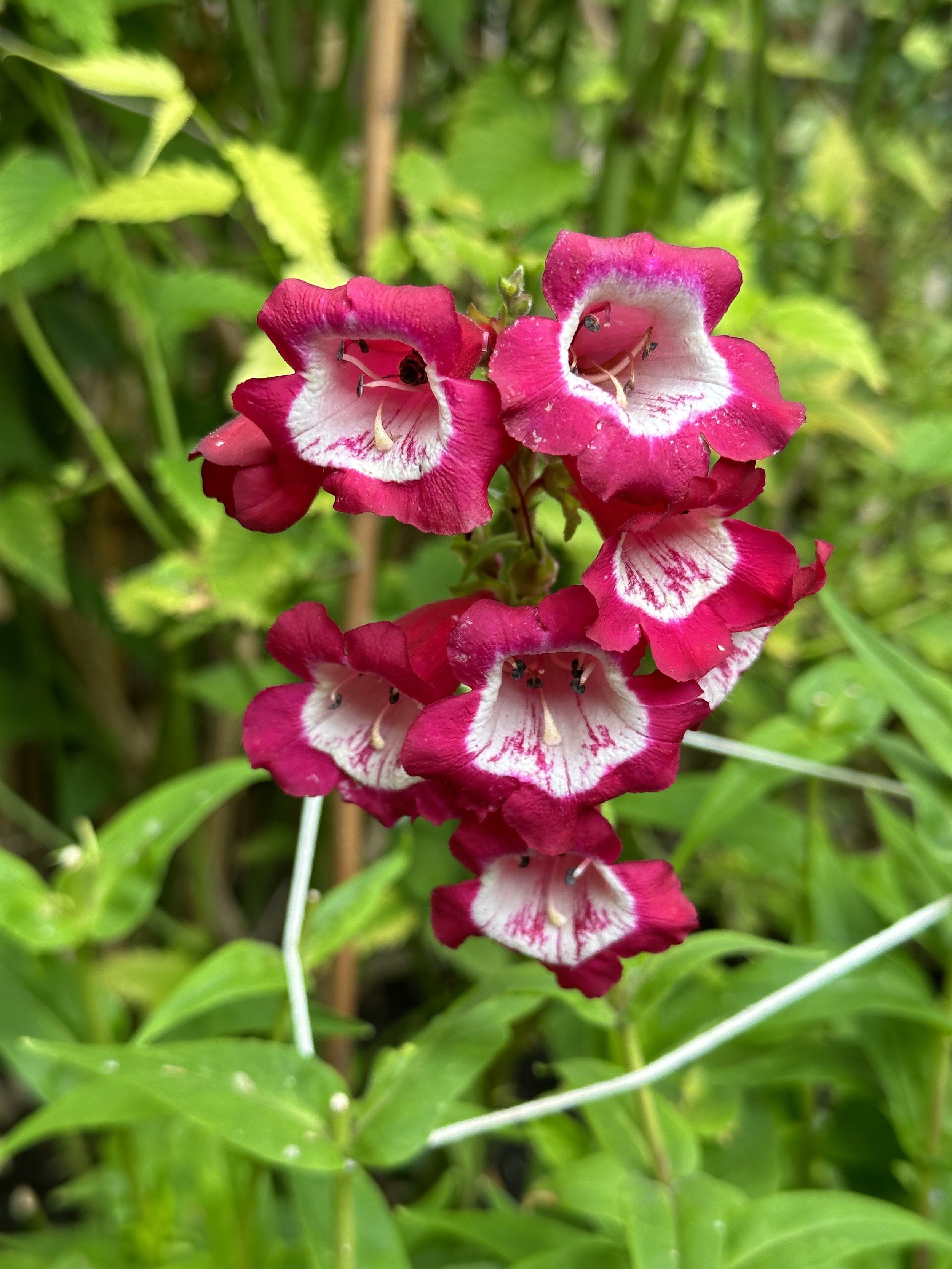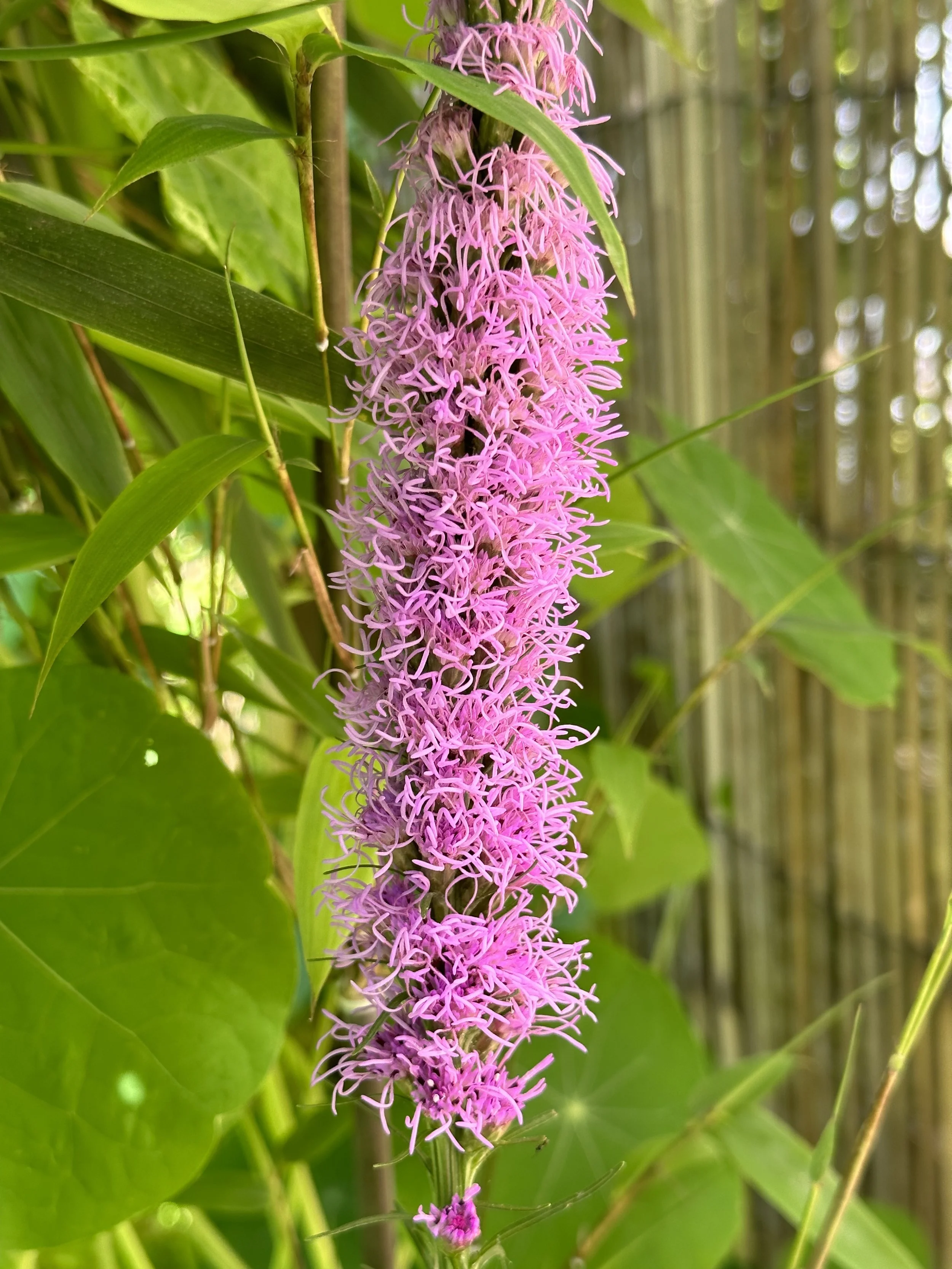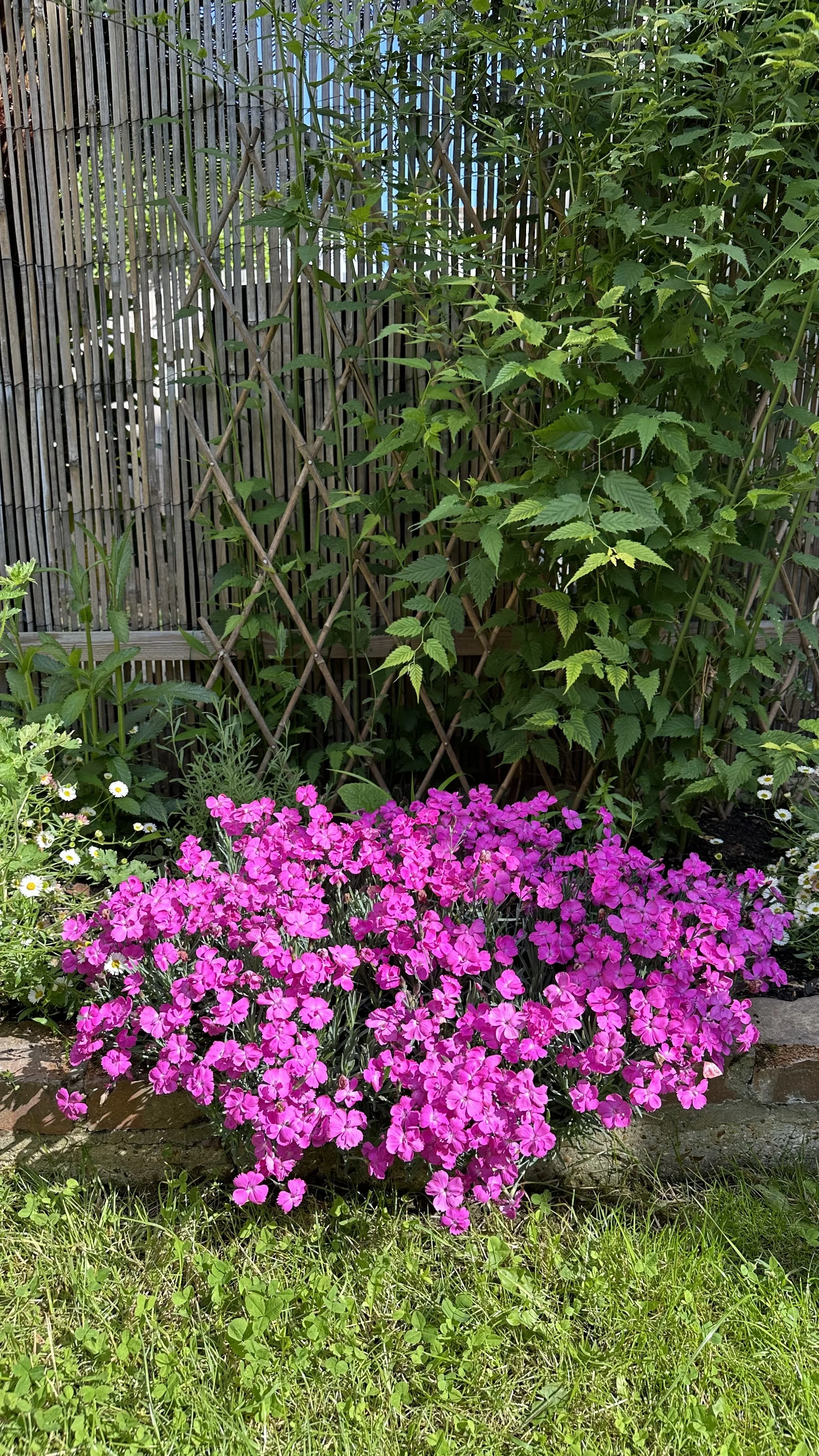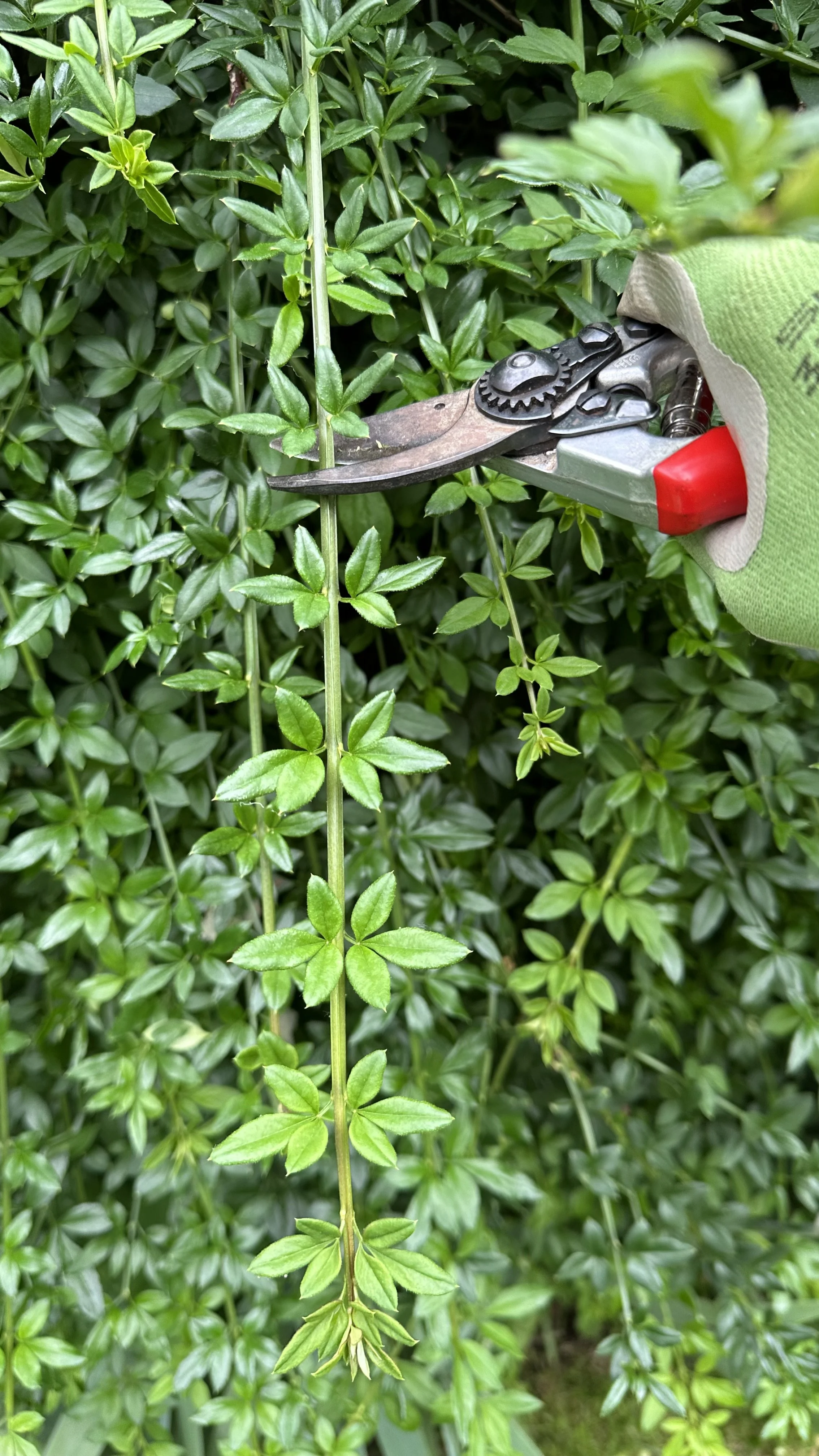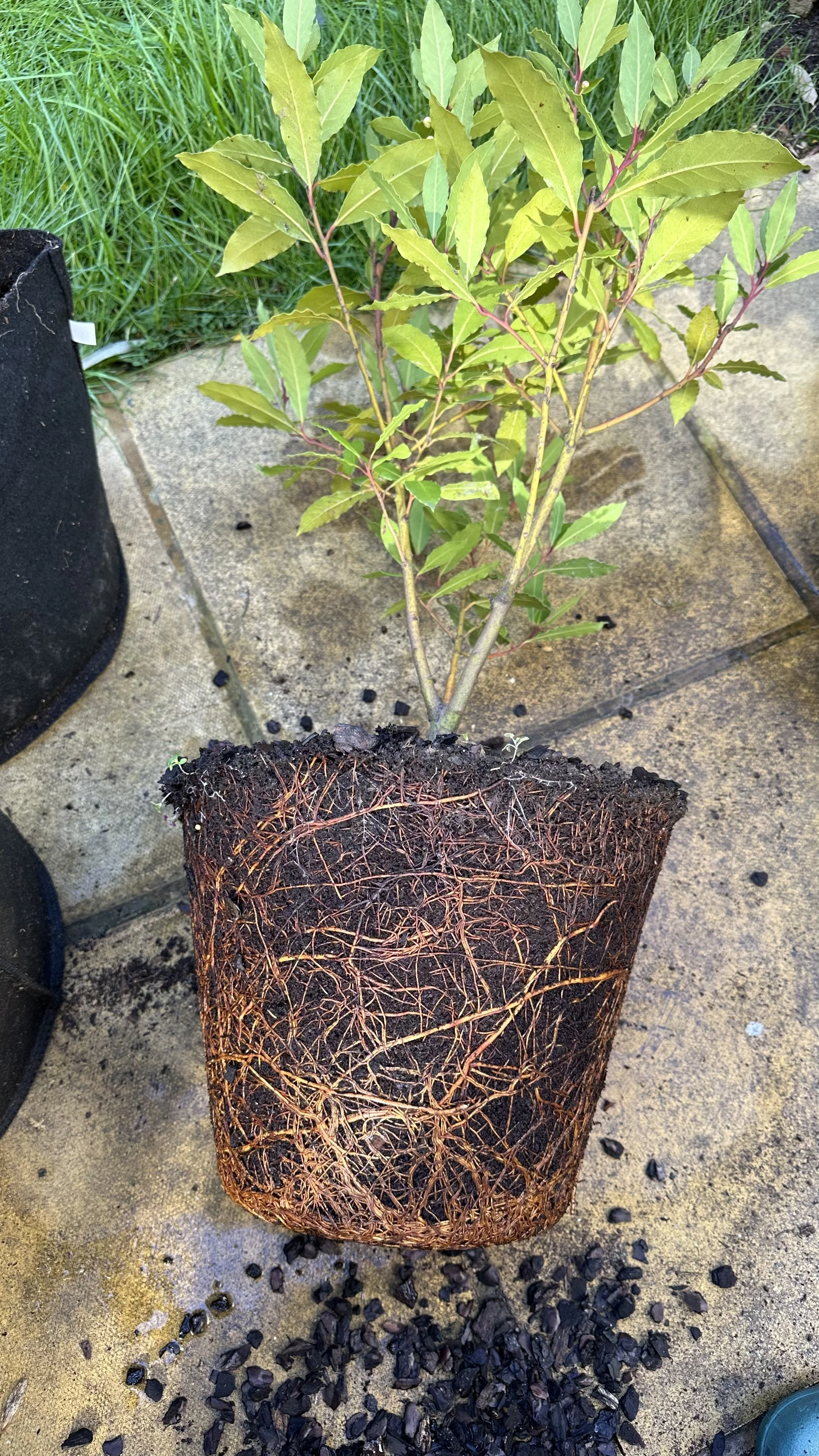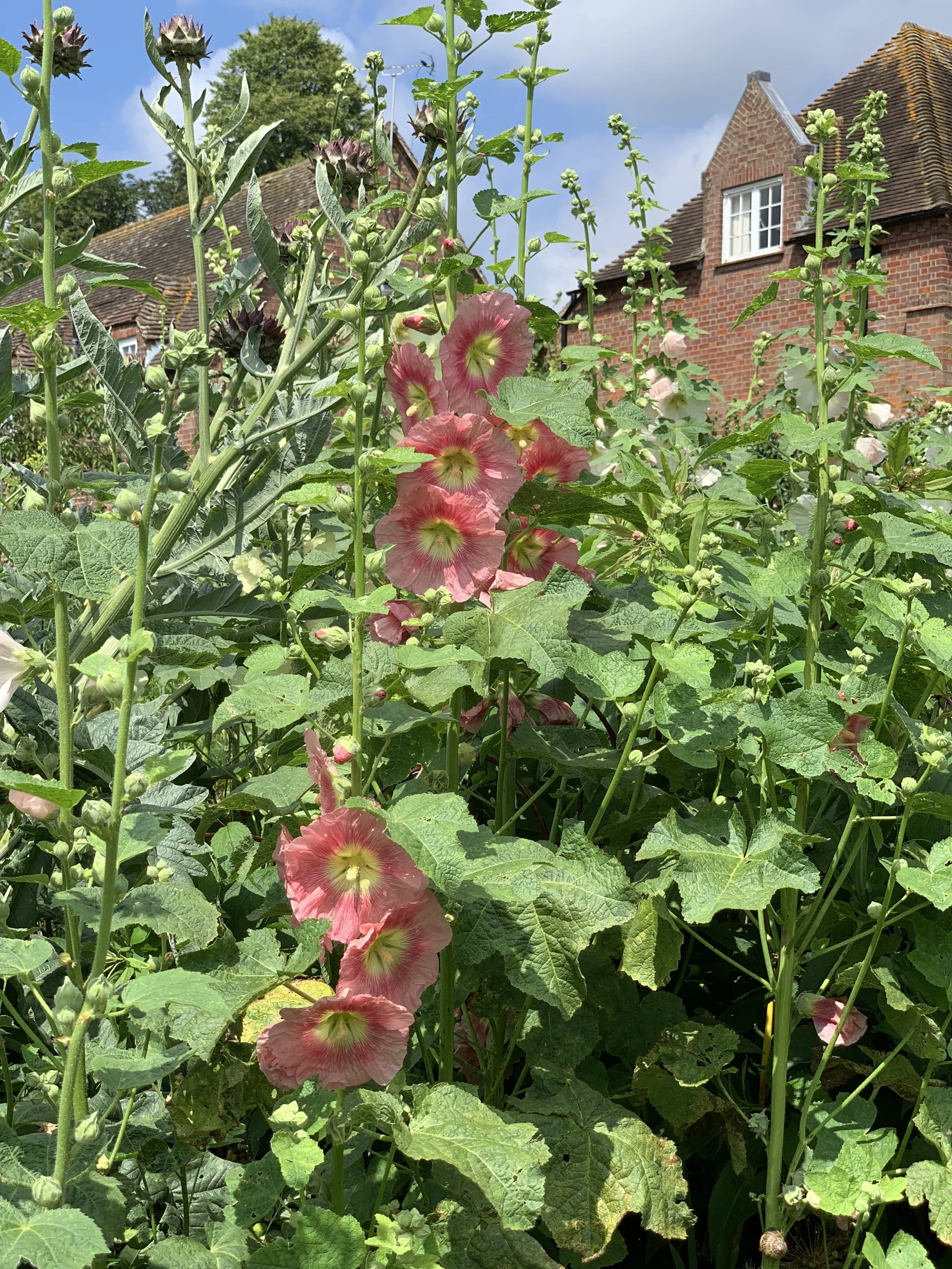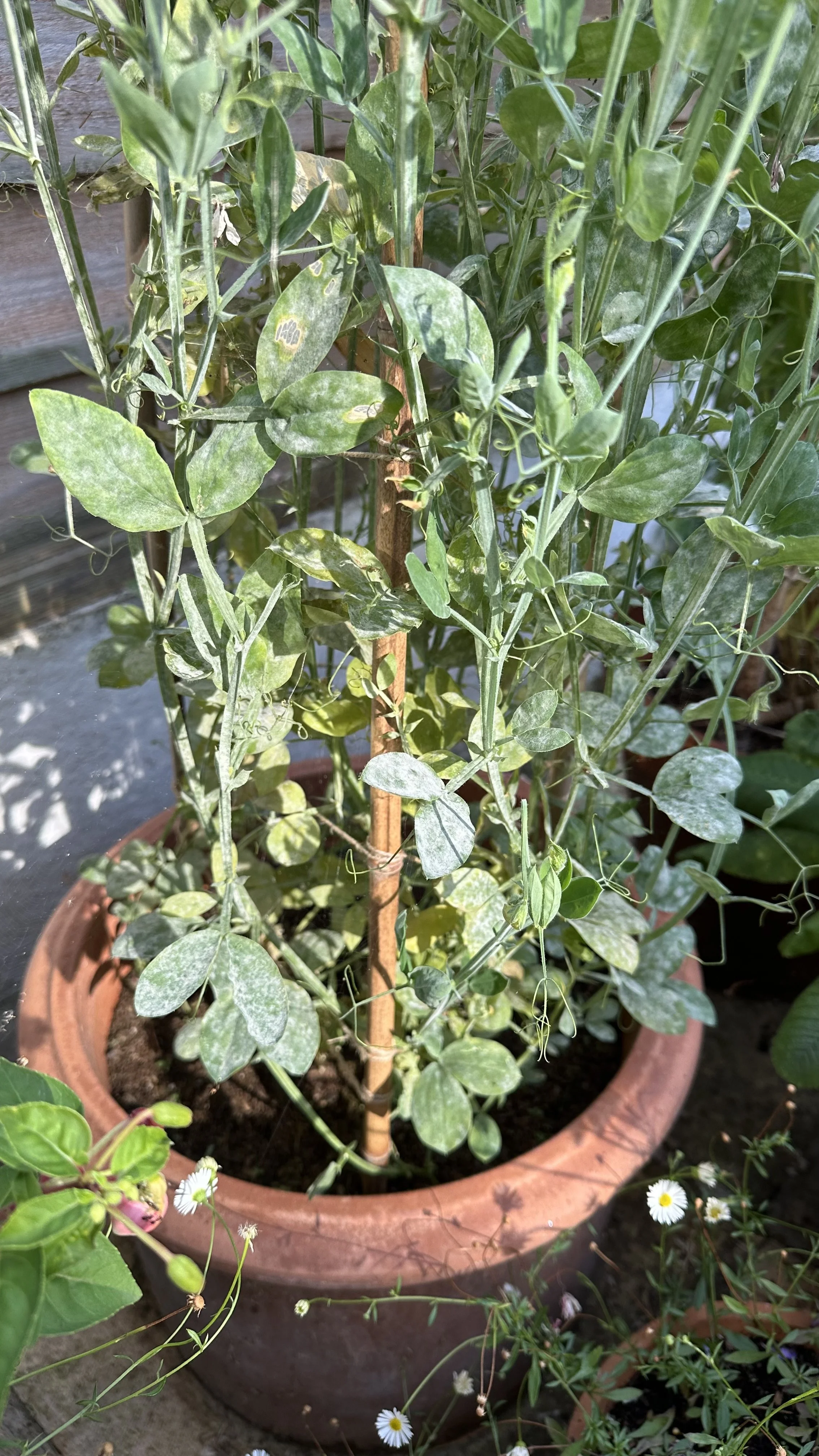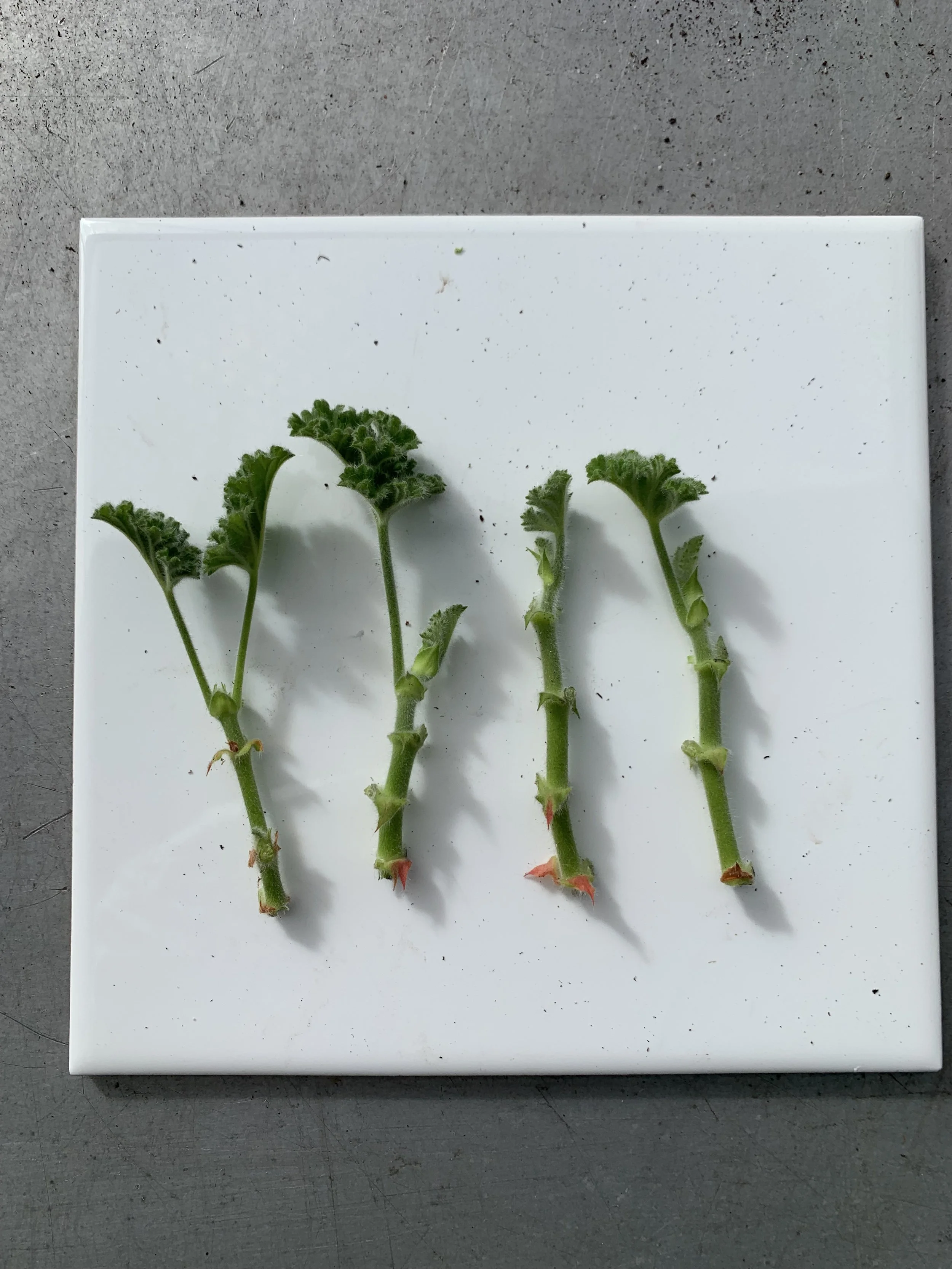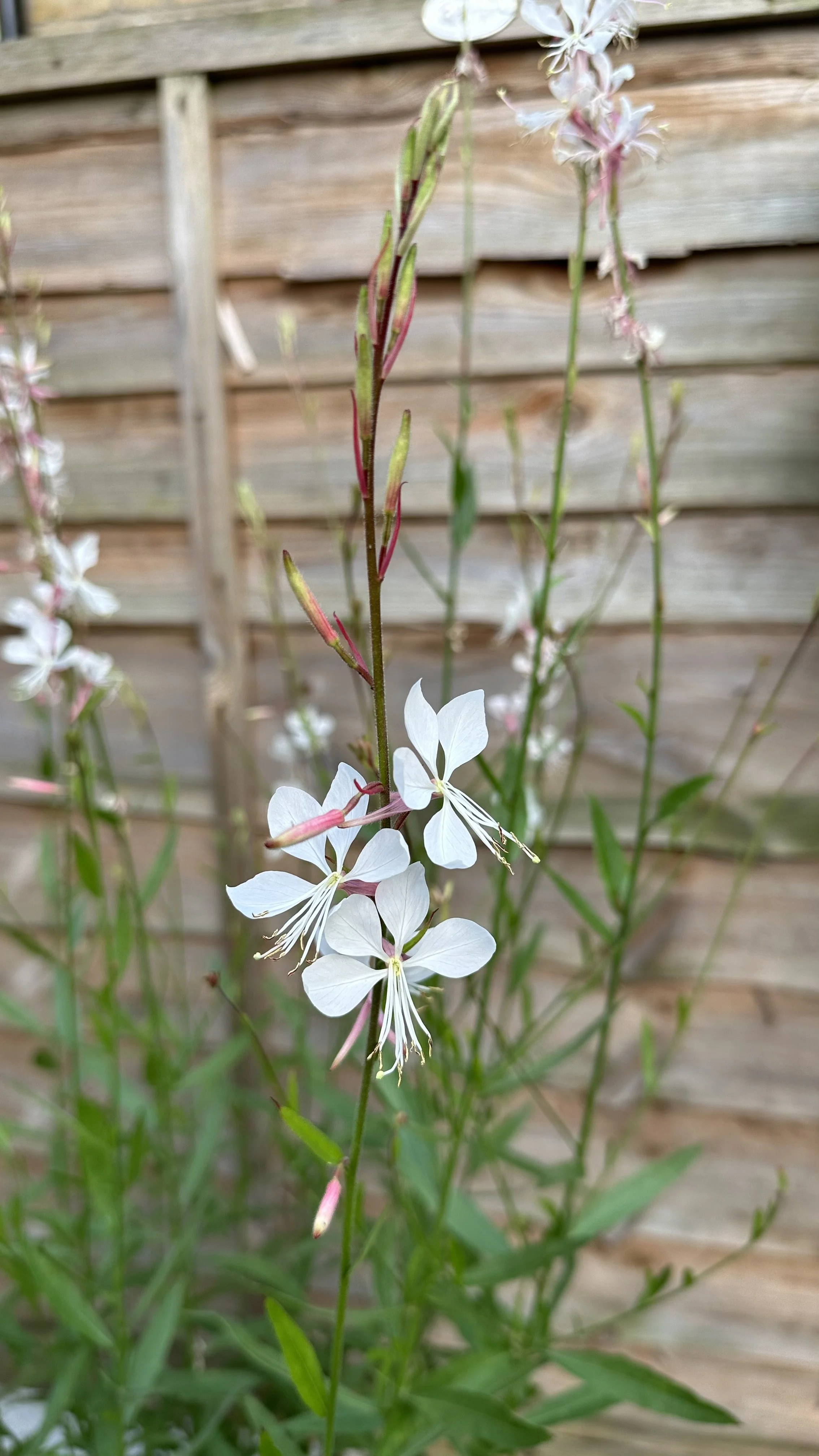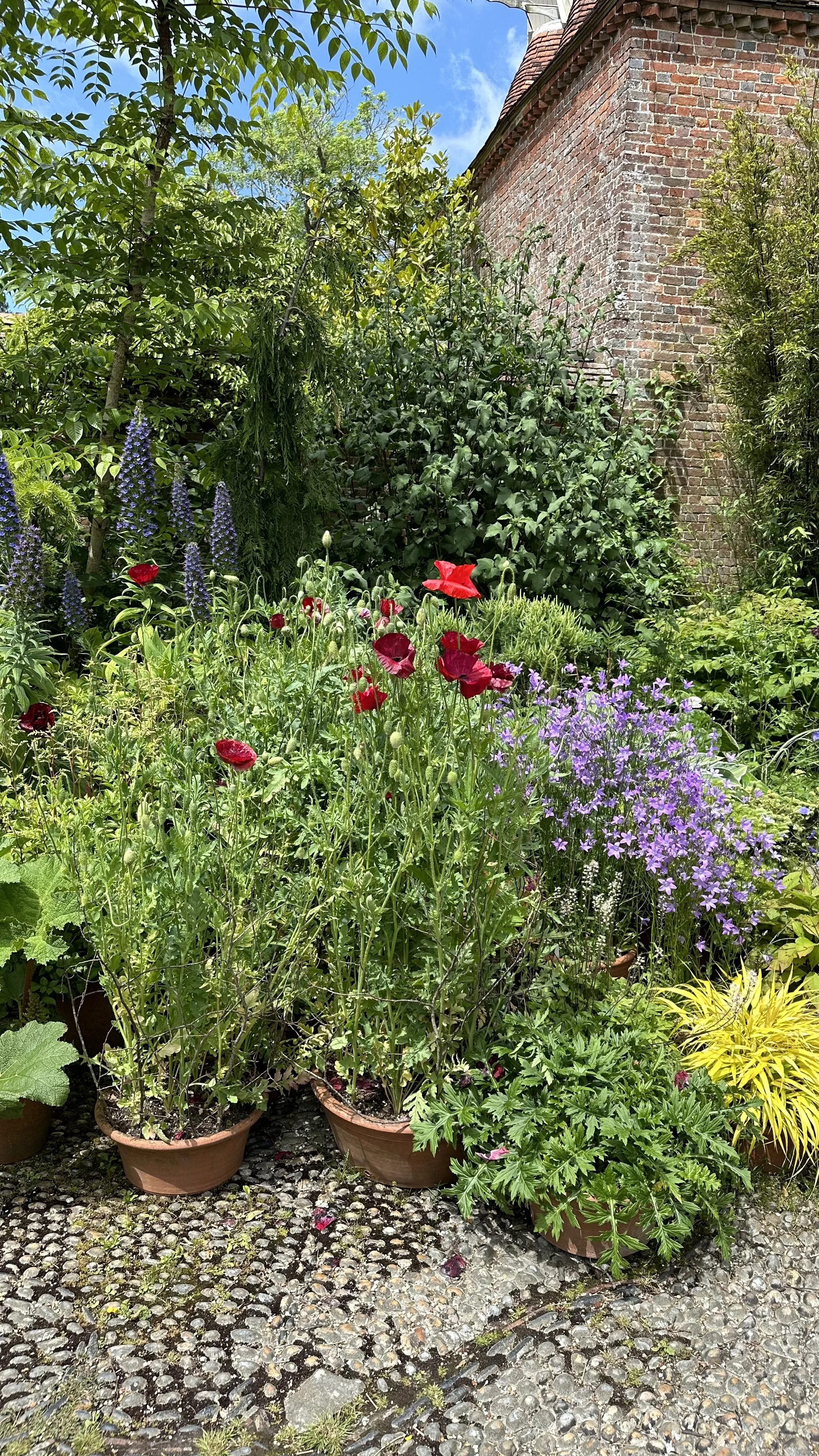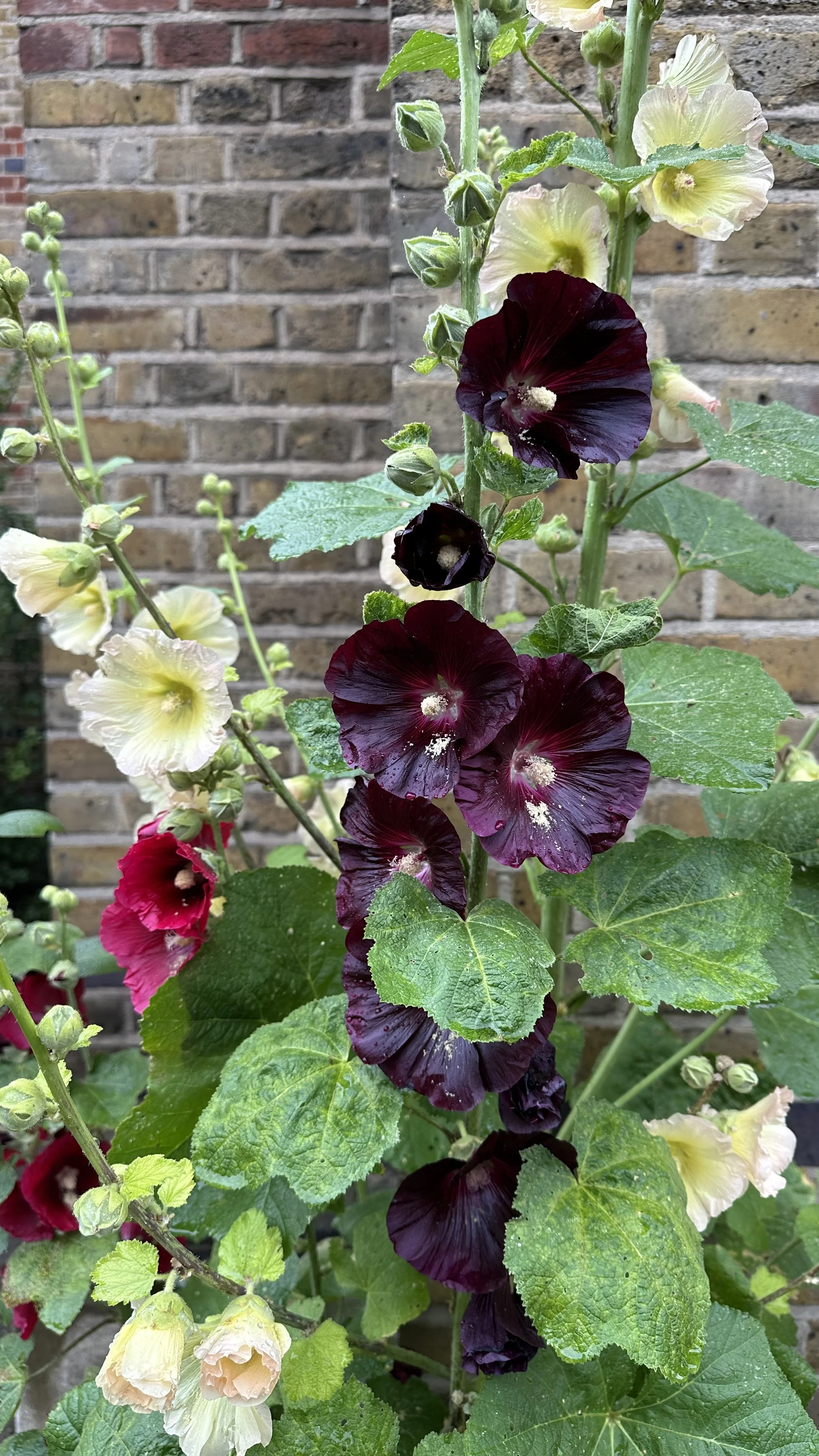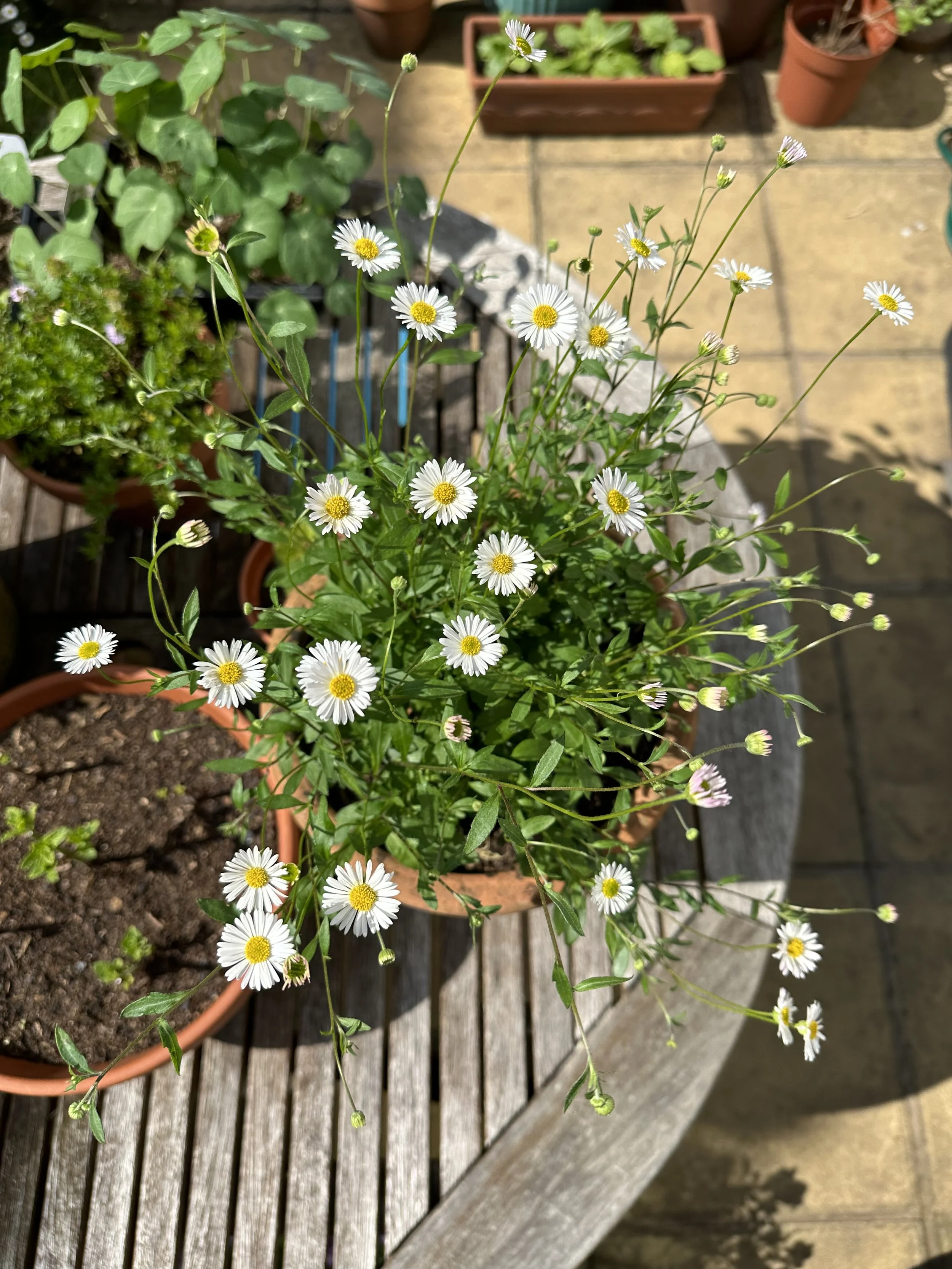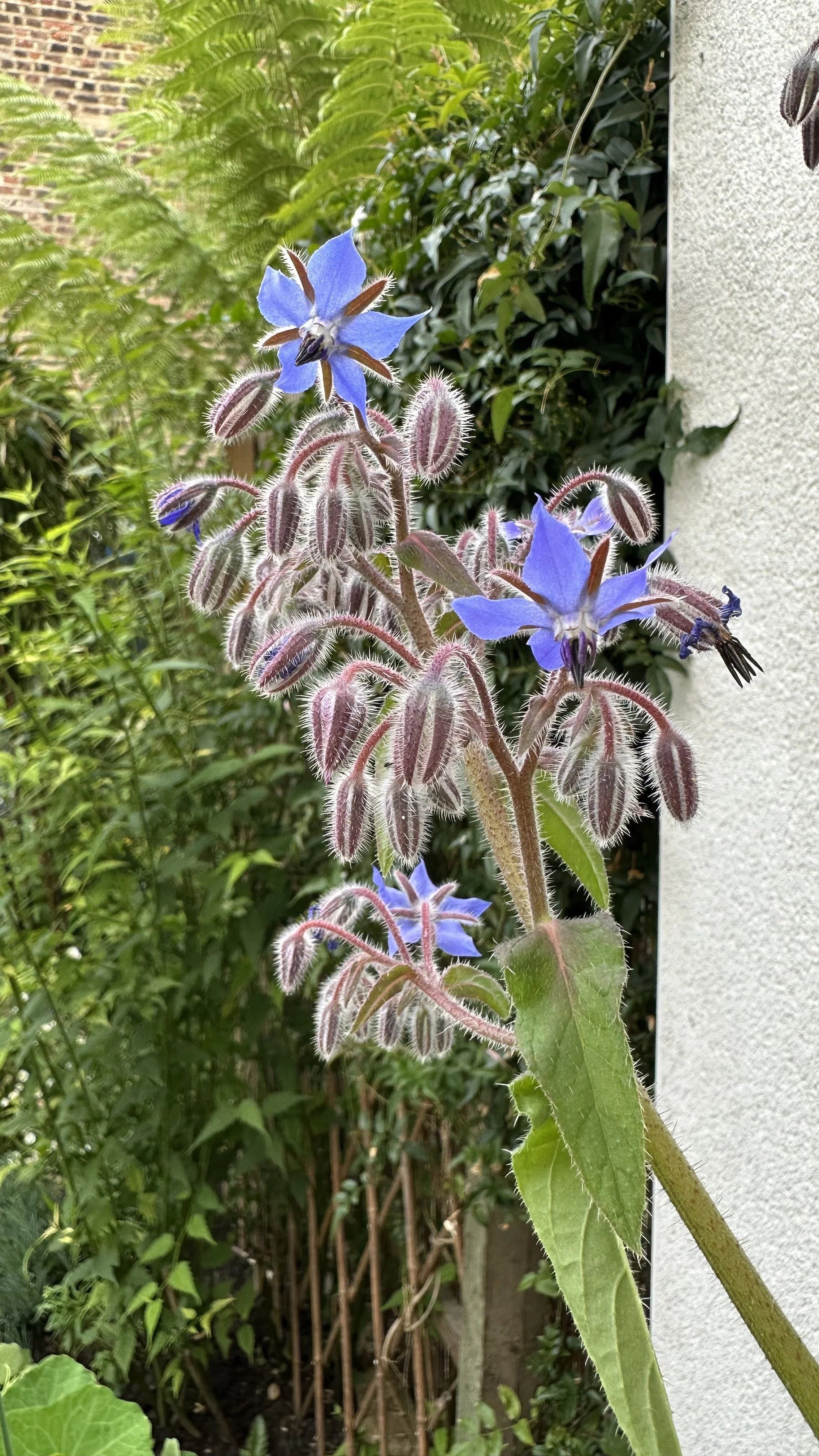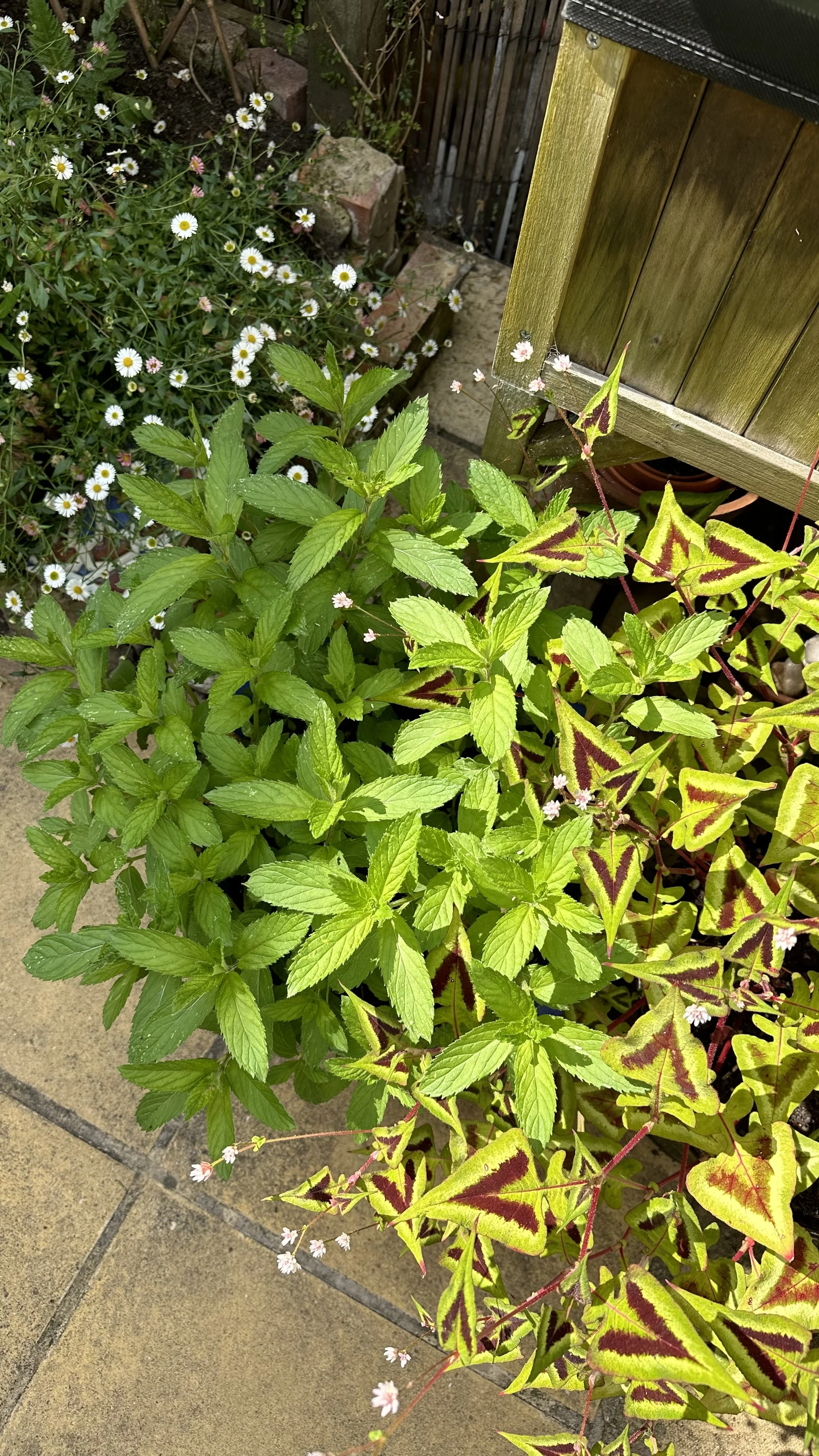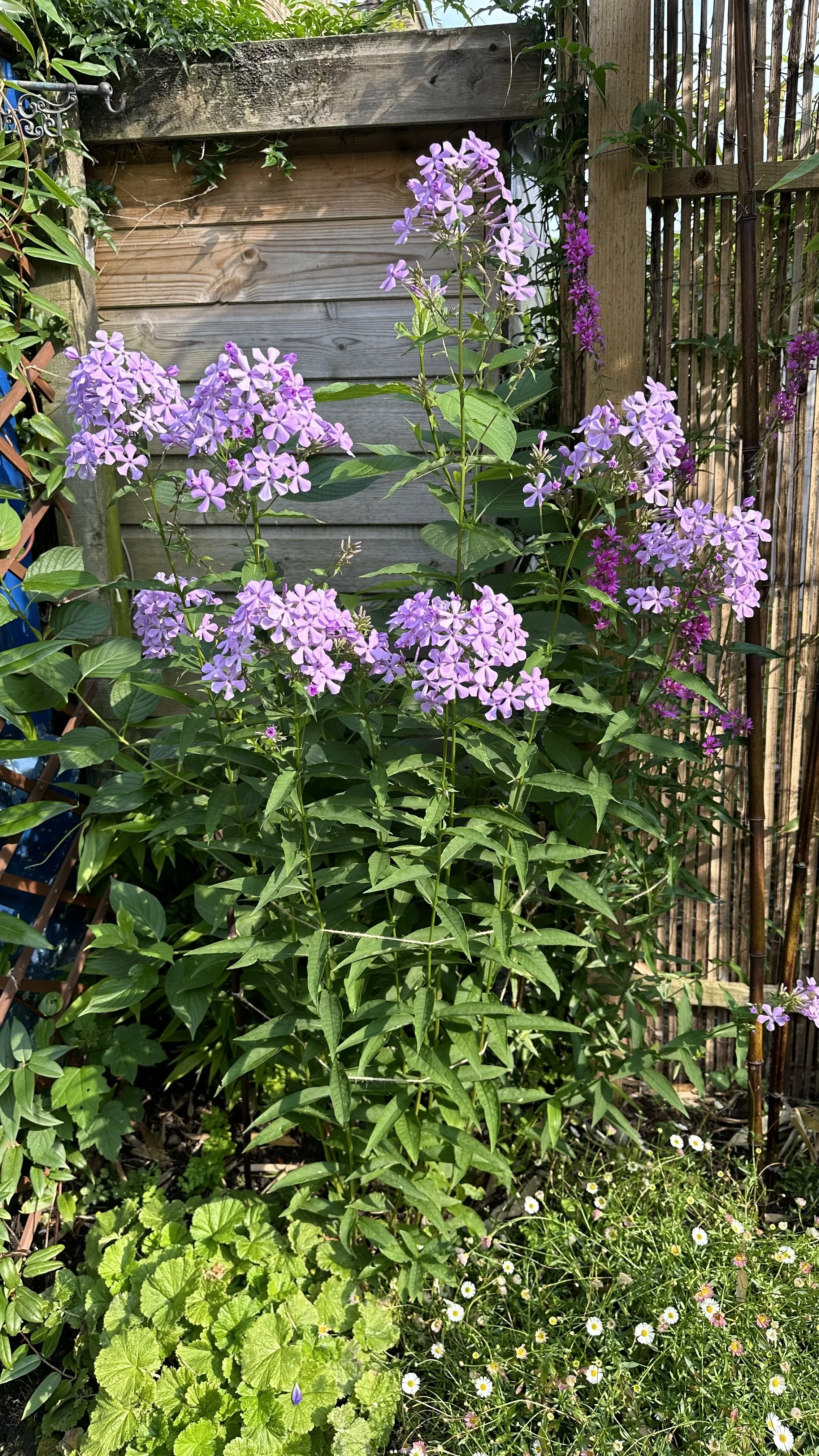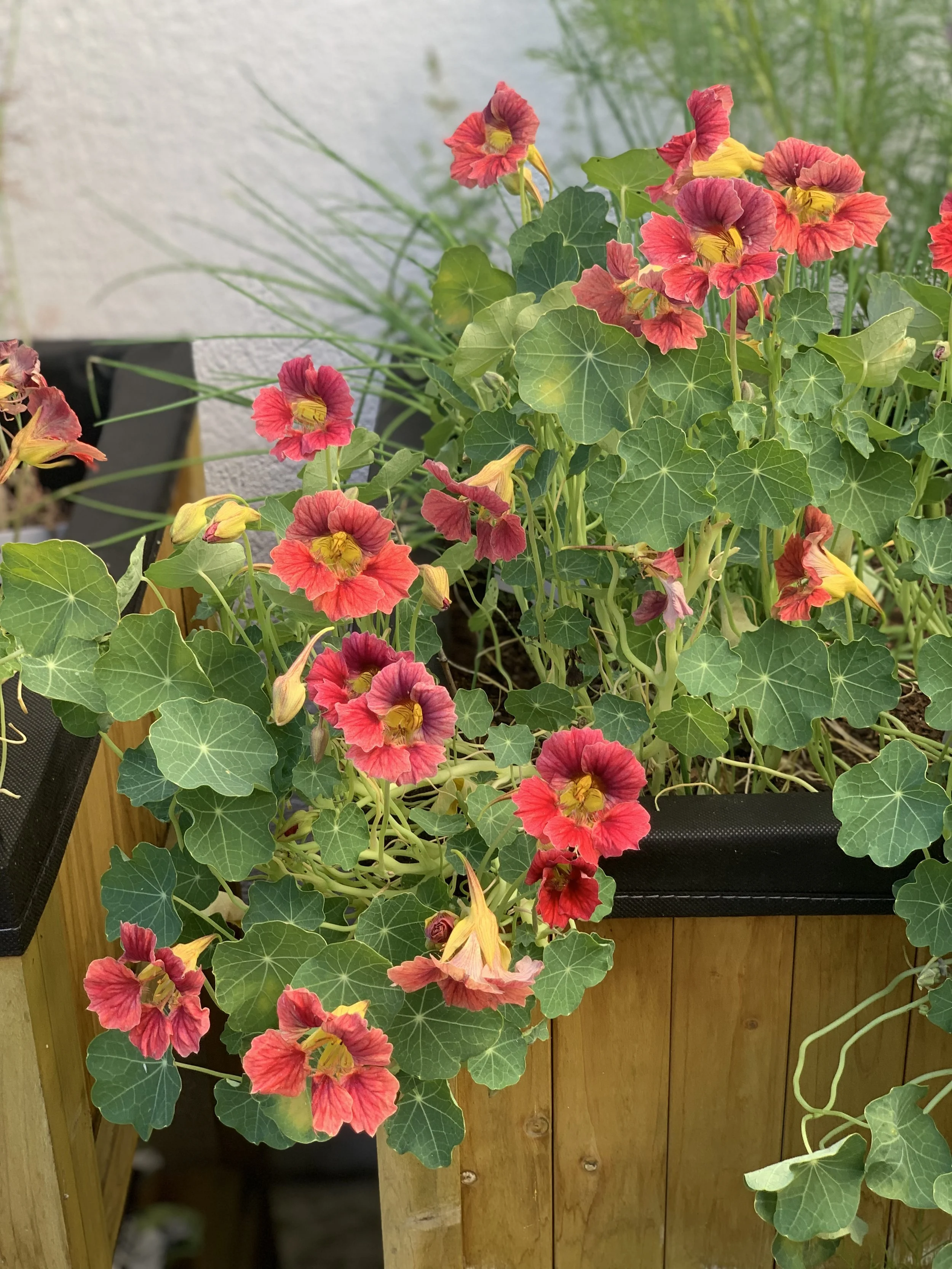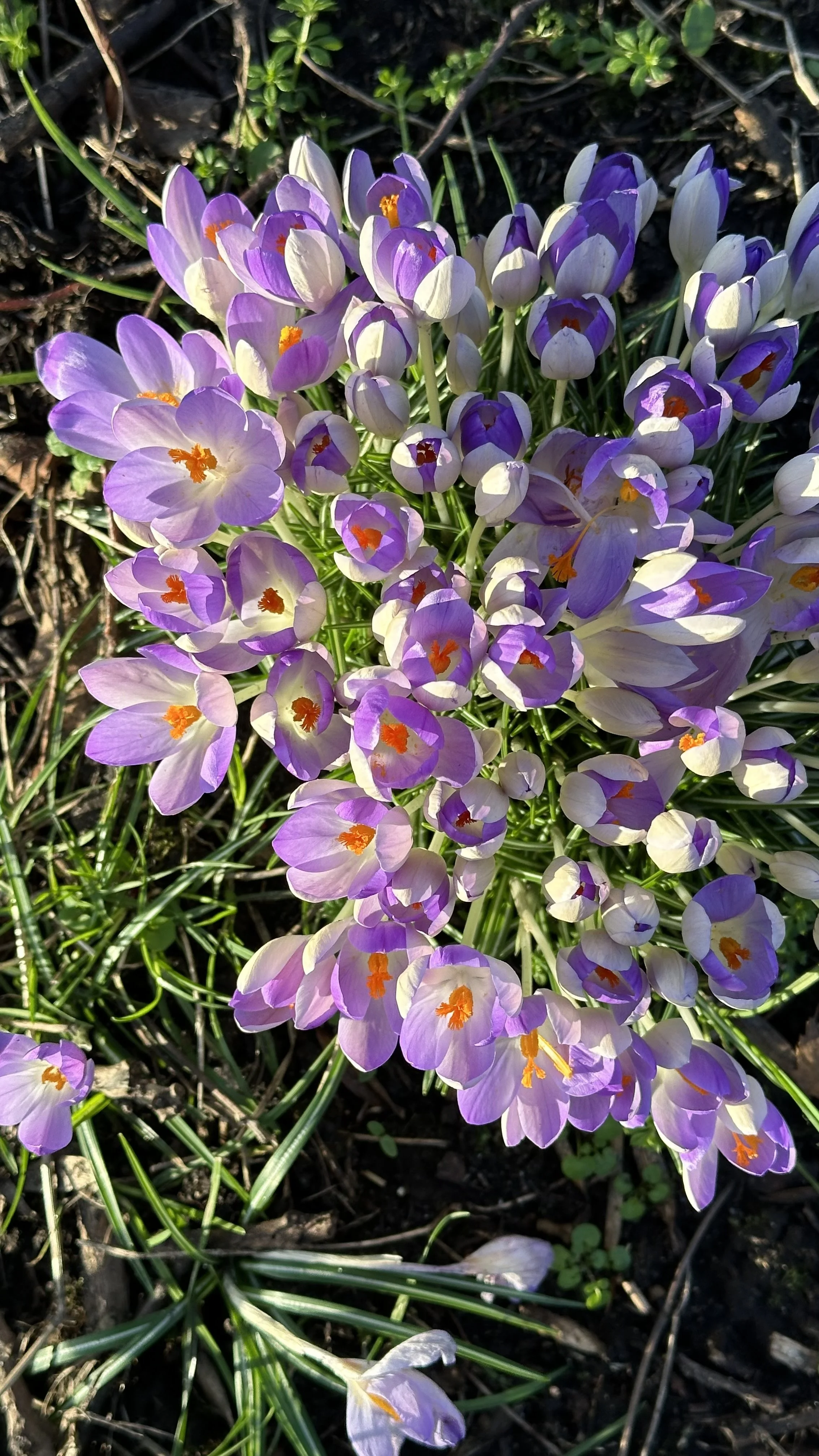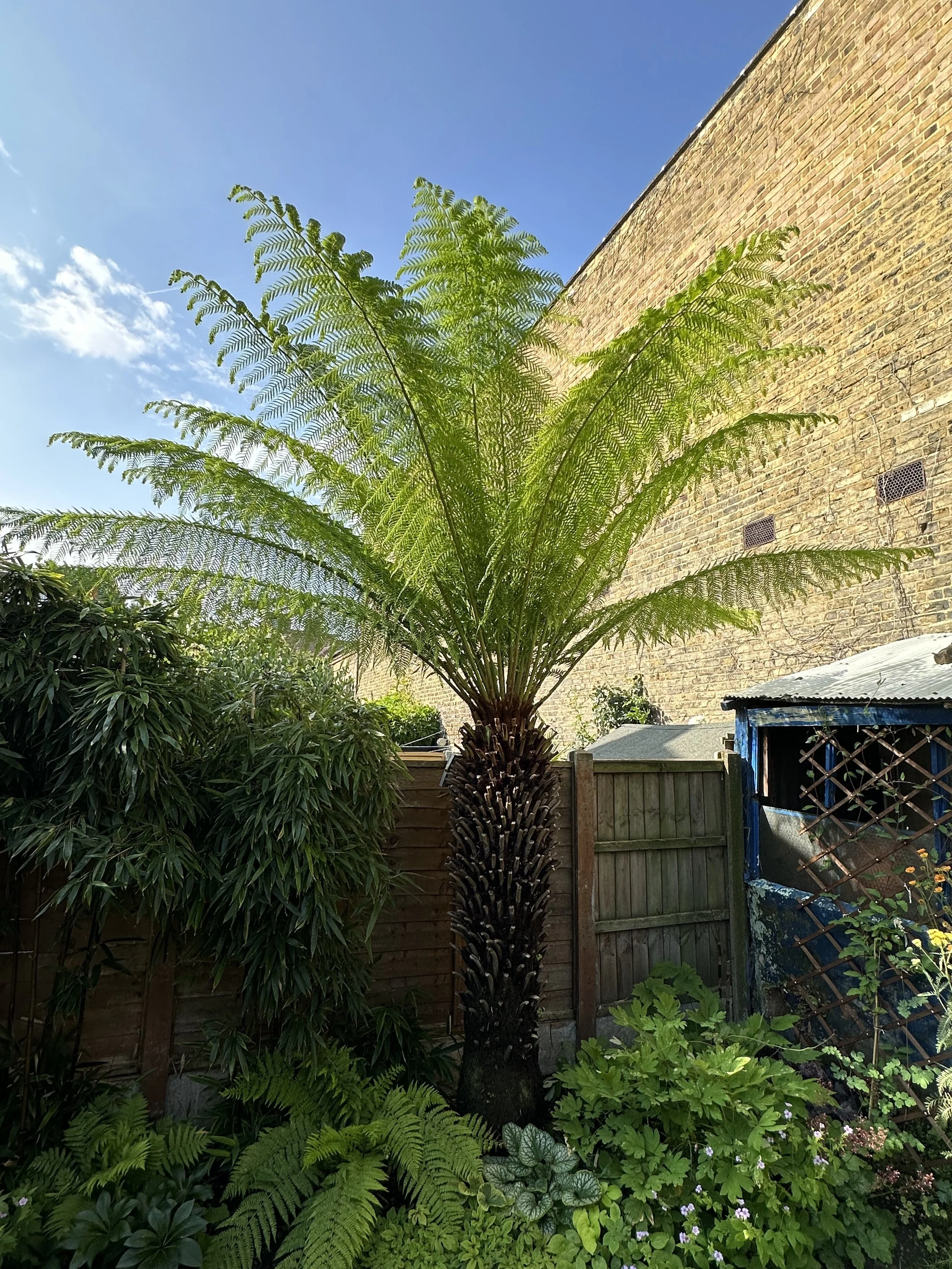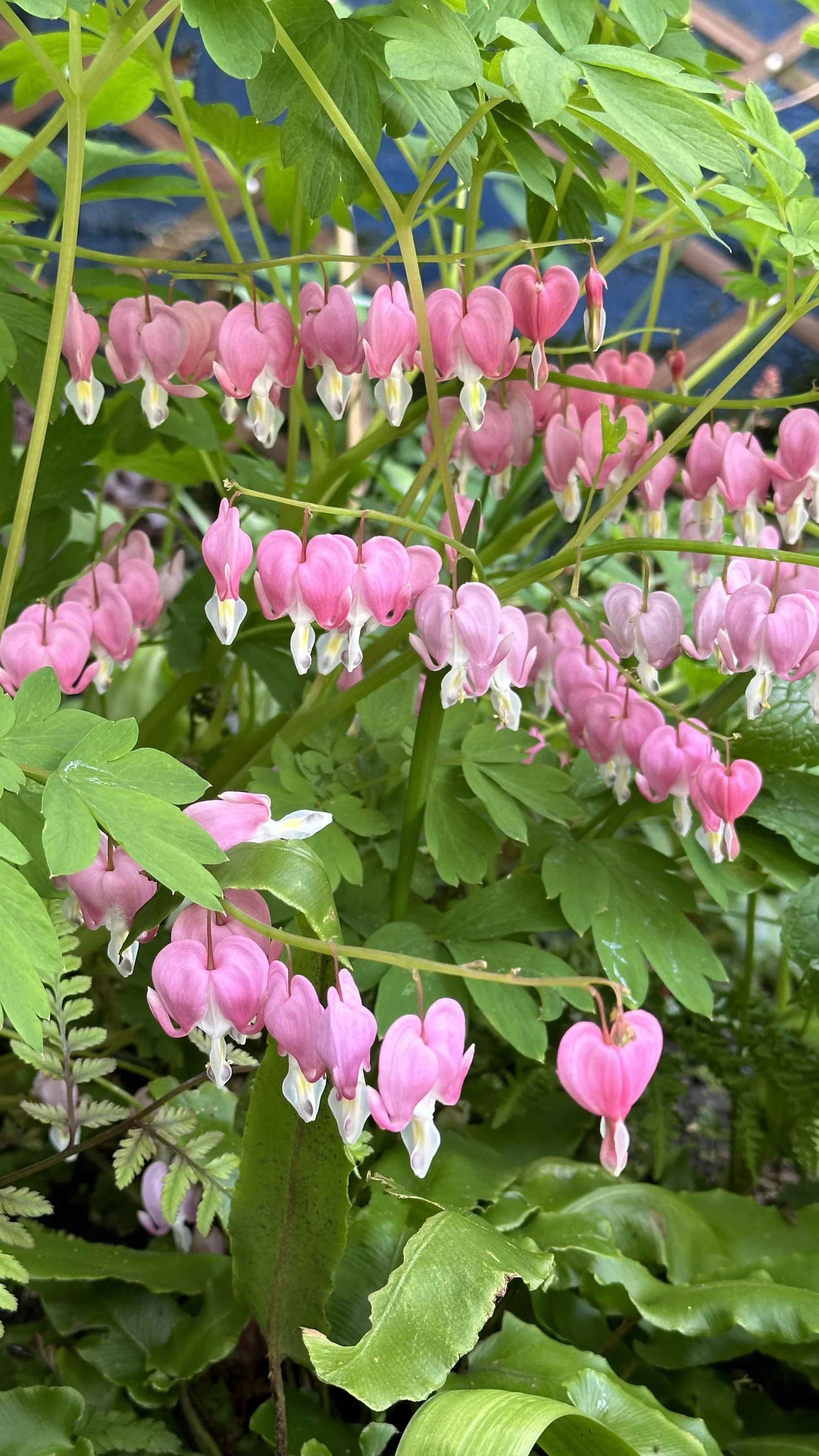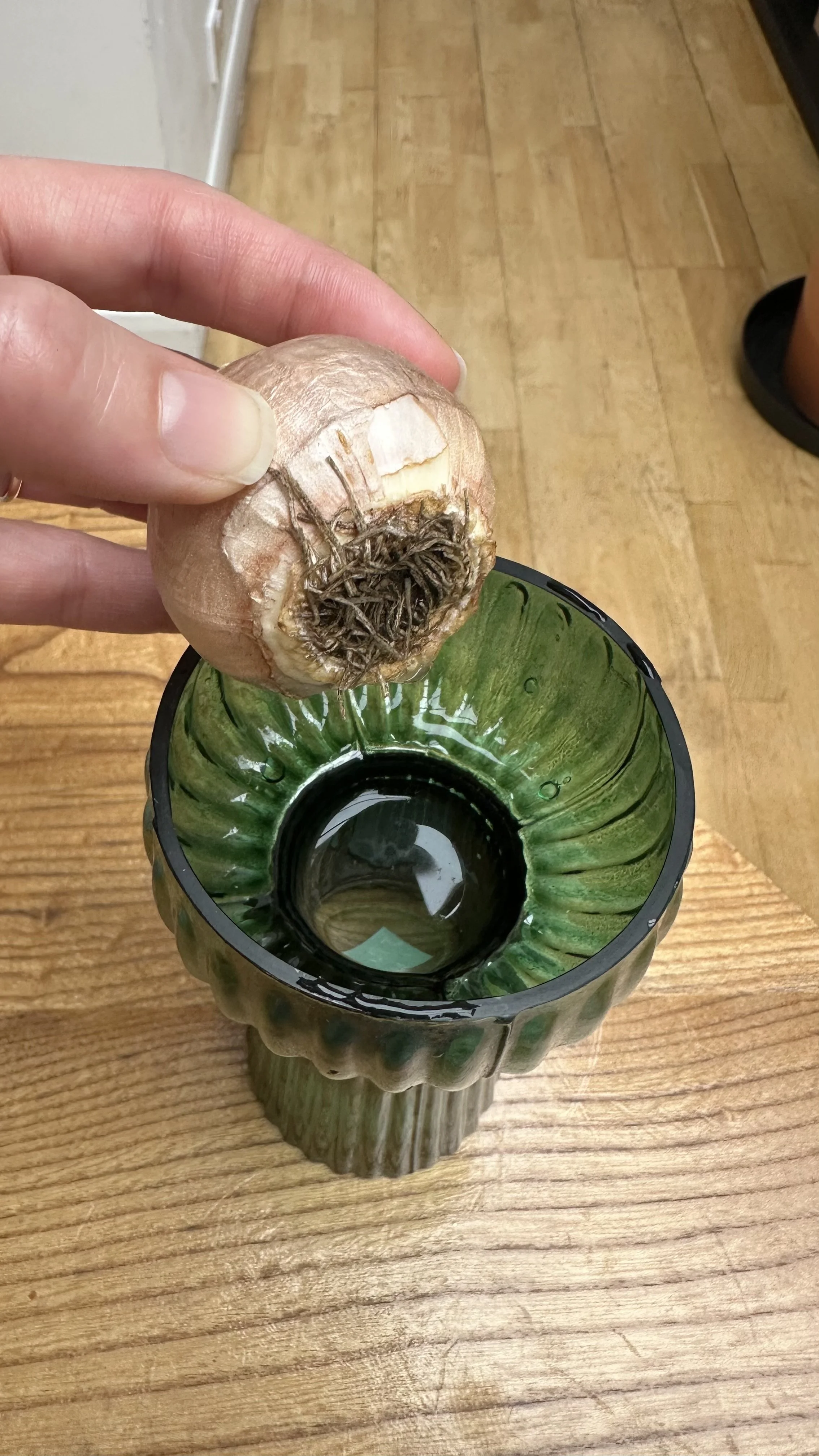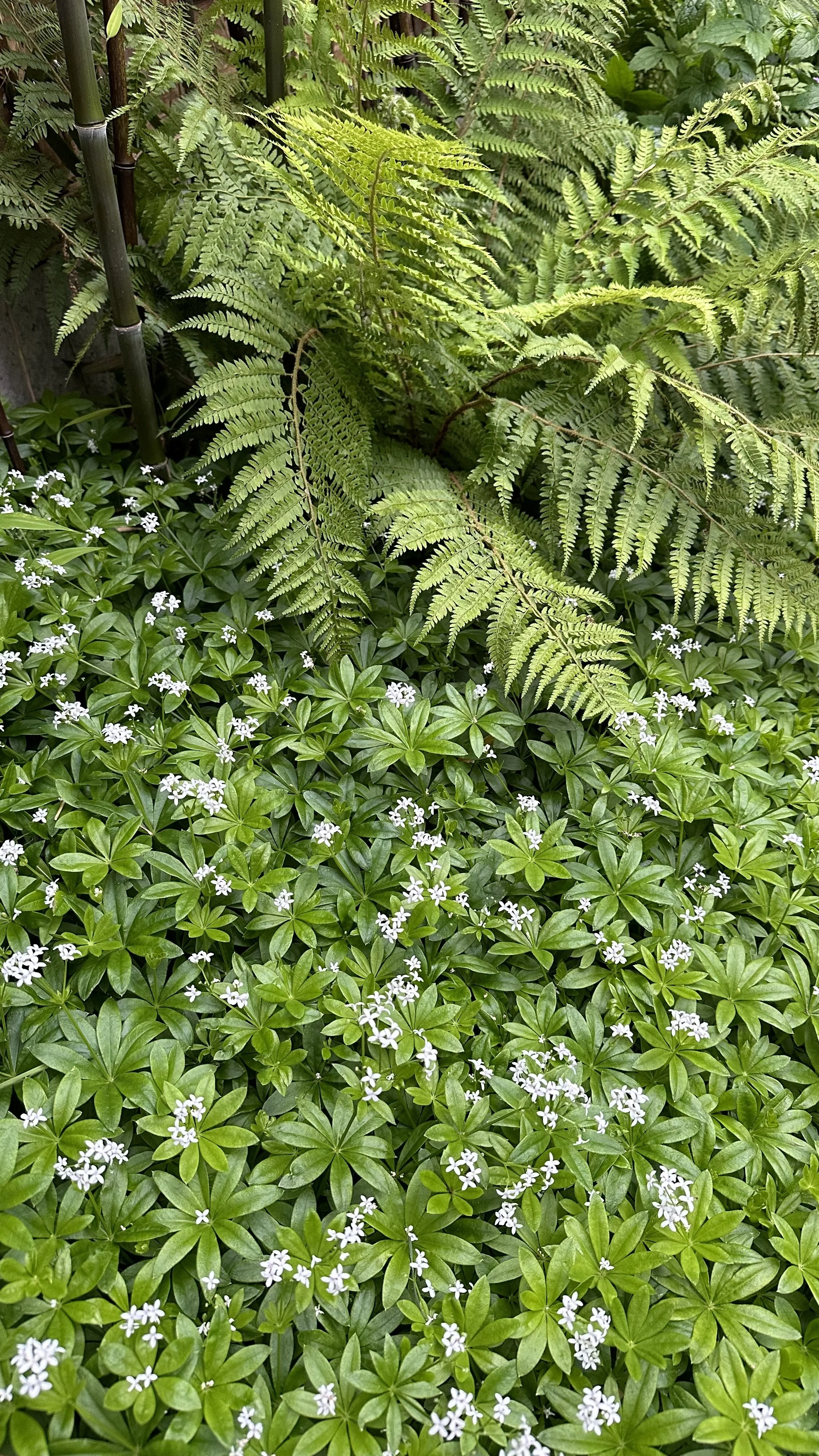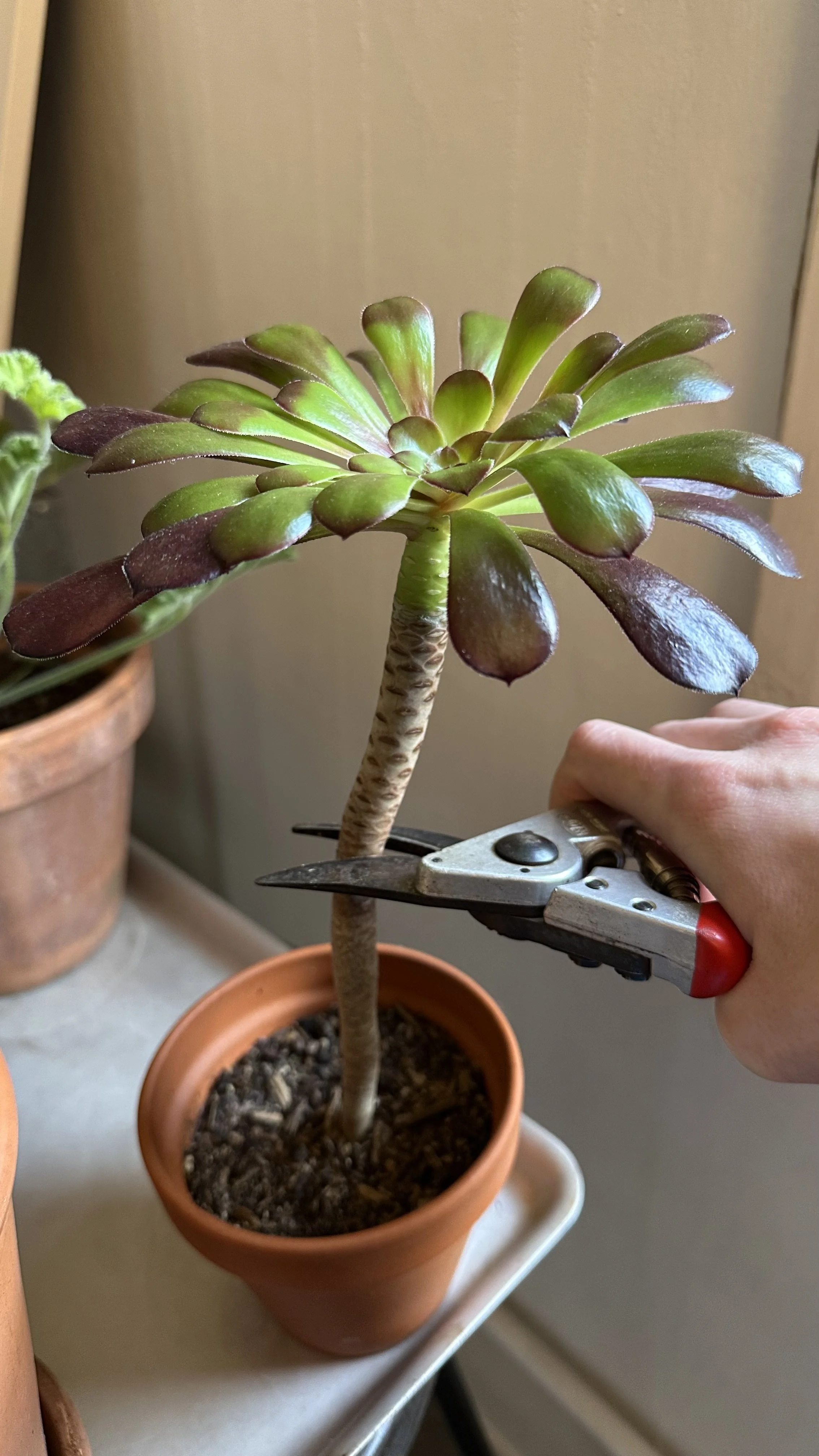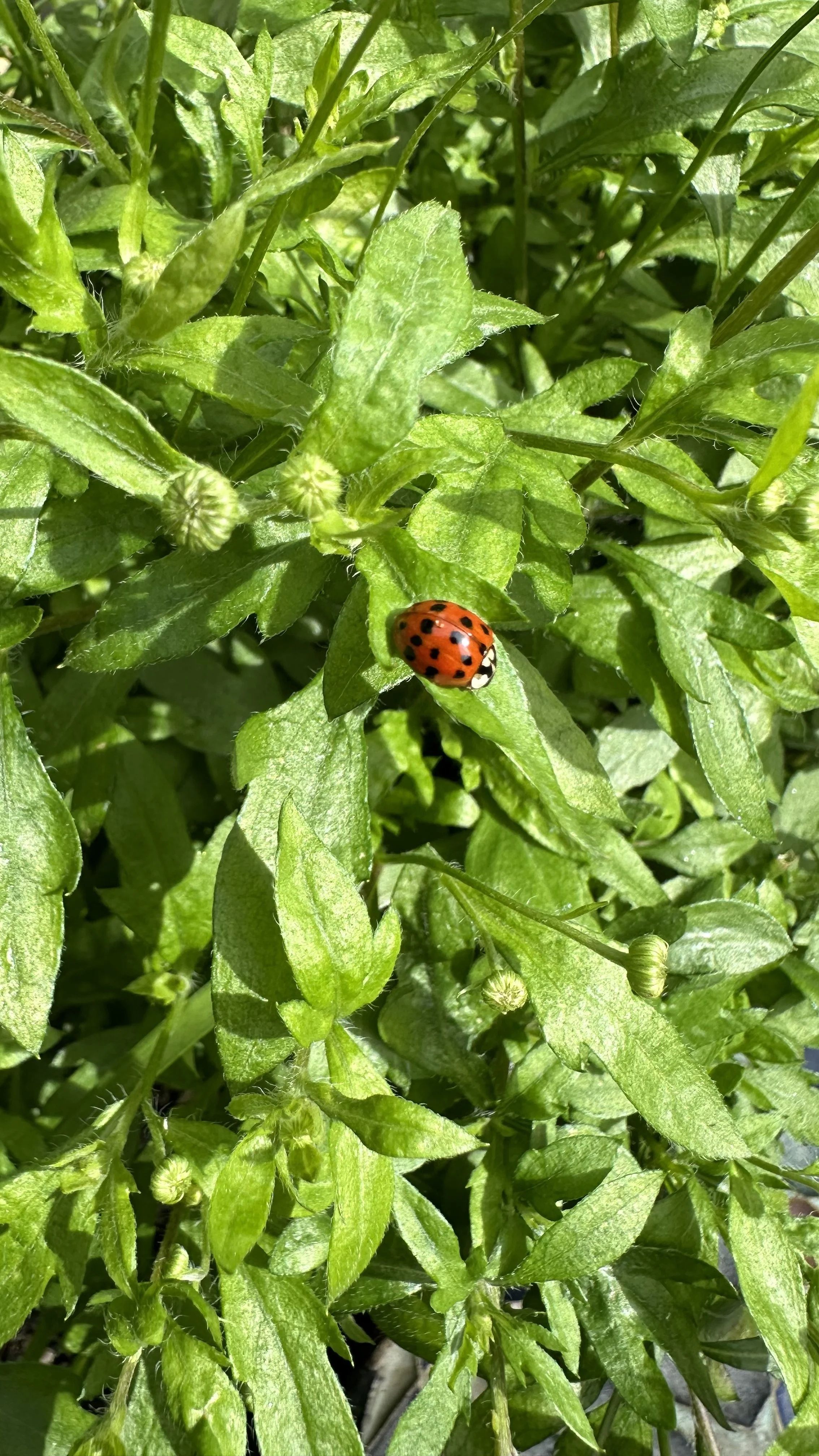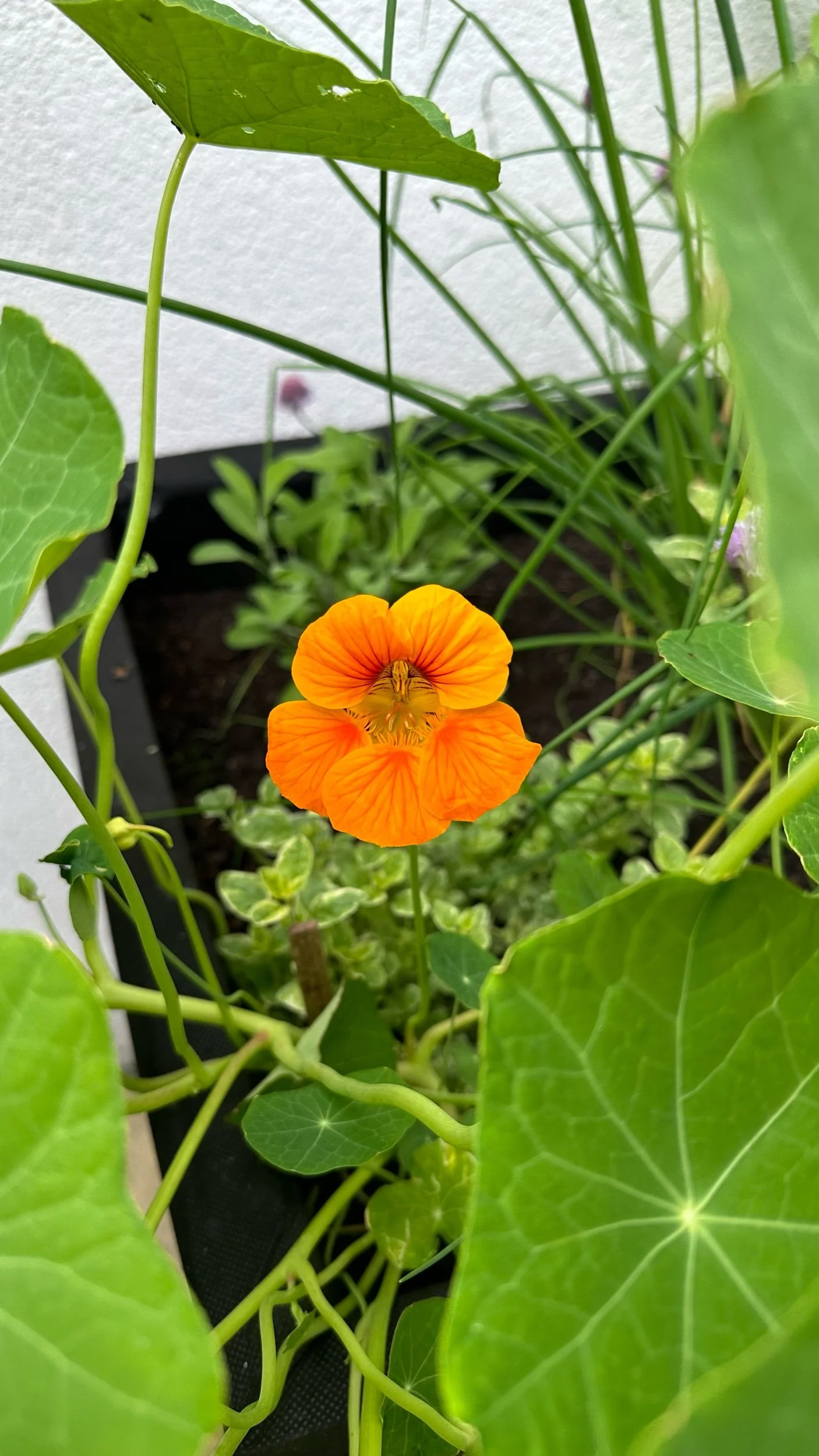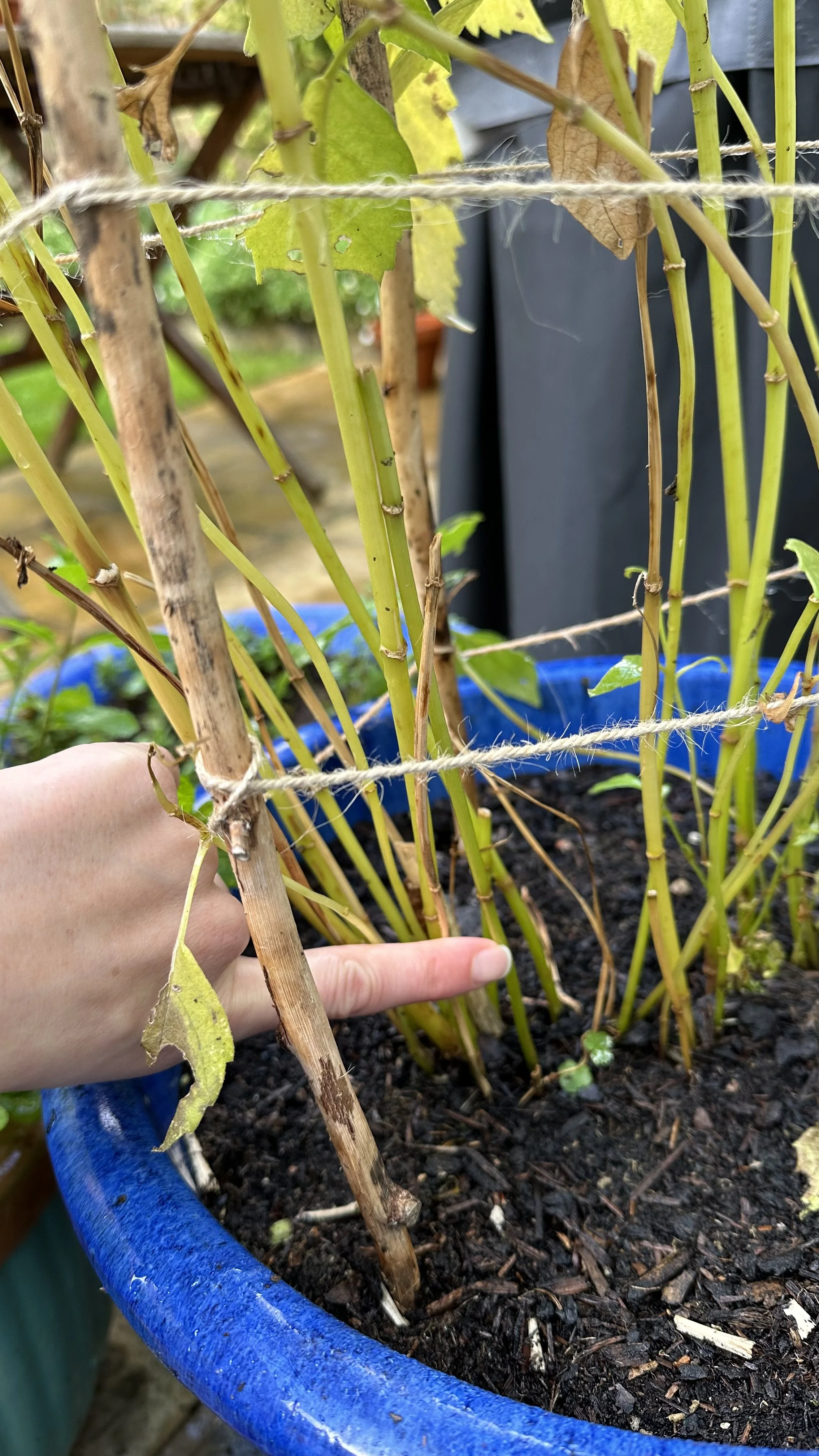What to Plant in February
This website is reader-supported - thank you! This post may contain affiliate links. As an Amazon Associate, I earn from qualifying purchases at no extra cost to you.
February may seem like it’s all about hunkering down and waiting for spring, but trust me, it’s one of the best times to kickstart your gardening plans.
Even if it’s chilly outside, there are plenty of things you can plant or prep for—whether you’re starting seeds indoors, setting up a cold frame, or braving the elements to sow hardy varieties directly in the garden.
Let’s take a closer look at how you can make the most of February and set yourself up for a really productive growing season.
Preparing Your Garden in February
Taking some time to prep your garden in February is like giving yourself a head start on the busy months ahead.
Trust me, a little effort now can make your life so much easier down the line.
Here are a few things you can do to get your garden ready:
Check Your Soil:
If the ground isn’t frozen solid, now’s the time to roll up your sleeves and give your garden a little TLC.
Think of testing your soil’s pH and nutrient levels as its annual health check-up—it’s quick, easy, and tells you exactly what it needs to thrive.
Here is the soil pH tester I recommend:
Once you’ve got the results, you can mix in some organic compost or well-rotted manure.
This adds nutrients and gives the soil plenty of time to soak up all that goodness before planting season starts.
Trust me, a little care now will make a huge difference when it’s time to start planting!
Learn more with my guide: A Simple Recipe for Rich Compost Tea.
Set Up a Cold Frame:
A cold frame can be a total game-changer for your garden.
It’s like a cozy greenhouse for your plants, giving them a safe space to grow even when the weather is less than ideal.
Whether you’re starting hardy plants early or protecting delicate seedlings from those surprise frosts, a cold frame is up for the task.
And don’t worry—you don’t need to splurge on anything fancy.
Even a simple DIY setup with some old windows or clear plastic sheeting will do the trick.
Just make sure it’s positioned to catch plenty of sunlight and stays ventilated during warmer afternoons.
If you don’t have the DIY materials and you are looking for a coldframe kit, this is a great one:
For more ideas, check out my guides:
The dream cold frame setup at Inner Temple Garden in London.
The best plants to start in February
February might still feel like winter’s grip is strong, but there’s so much potential waiting in the garden.
Even if it’s cold outside, this month is all about setting the stage for a fantastic growing season.
Let’s talk about some of the best things to plant right now and how they’ll reward you later.
Here are my top choices for what to plant this month:
Onion Seeds:
Onions are like the marathon runners of the vegetable world—they need plenty of time to grow.
That’s why starting them indoors in February is such a great idea.
To get started, fill a seed tray or small pots with a high-quality seed-starting mix, and plant the seeds about ¼ inch deep.
Learn more with my guide: The Best Seed Starting Mix.
Keep the soil moist but not soggy, and place the trays in a sunny window or under grow lights.
Over the next few weeks, the seeds will germinate, and those tiny green sprouts will grow stronger each day.
By the time the warmer weather rolls around, you’ll have sturdy onion seedlings ready to transplant into your garden.
Learn more with my guide: Onion Companion Plants: Creating a Natural Ecosystem.
Pea Seeds:
Peas are one of those hardy crops that don’t mind the chill—they practically thrive in it!
To plant them, pick a sunny spot in your garden and prepare the soil by loosening it and working in some compost.
Plant the seeds about 1 to 2 inches apart and 1 inch deep, then gently cover them with soil.
Here are the seeds I recommend:
Peas love cool temperatures, so February is their time to shine.
Keep the soil moist but not soggy, and in just a couple of weeks, you’ll start to see their cheerful green shoots pushing through.
Before you know it, you’ll have pea vines climbing and flowering, ready to reward you with sweet, fresh pods!
Learn more with my guide: The Ultimate Guide to Growing Peas in Pots.
For more tips, check out my guides:
Spinach, Kale and Lettuce (Leafy Greens)
These greens absolutely thrive in the cooler months, and they’re some of the easiest crops to get started.
To plant them, choose a spot in your cold frame or garden bed with loose, well-drained soil.
Here are the lettuce seeds I recommend:
Sow the seeds about ½ inch deep and a few inches apart.
Cover them lightly with soil, and give them a good watering.
If you’re planting directly outdoors, row covers can help protect against frosts and keep the soil warm.
Here is the row cover I recommend:
Within a couple of weeks, you’ll see their tiny leaves popping up, and before you know it, you’ll be harvesting fresh greens for your salads.
Trust me, there’s nothing like the taste of homegrown spinach or lettuce—it’s crisp, delicious, and so rewarding.
To learn more, check out my guide: Companion Plants for Kale: A Guide to Greener Gardens.
For more growing tips, check out my guides:
Hardy Perennial flowers
If you’re dreaming of adding some color to your garden, February is a great time to get started with flowers.
Even if it’s too early to see blooms, the groundwork you lay now will pay off beautifully in a few months.
Hardy perennials like delphiniums or hollyhocks are perfect to start indoors in February.
These flowers are like the reliable old friends of your garden—they’re sturdy, dependable, and come back year after year.
Here are the seeds I recommend:
To get started, fill small pots or seed trays with a high-quality seed-starting mix.
Gently press the seeds into the soil about ¼ inch deep, then lightly cover them.
Mist the surface with water to keep it evenly moist, and place the trays in a warm, bright spot, such as a sunny windowsill or under grow lights.
Within a couple of weeks, you’ll see tiny sprouts emerging.
Learn more with my guide: How Long Does it Take for Seeds to Germinate?
Once they’ve grown a bit and the weather warms up, you can harden them off before transplanting them to their permanent outdoor spots.
For more flower garden tips, check out my guides:
Fruit Trees
Planting dormant fruit trees in late winter is one of the smartest moves you can make for your garden.
It’s a perfect time to let apple, pear, and plum trees settle into their new home while the soil is cool and moist.
Here’s how to get started:
Choose the Right Spot:
Fruit trees thrive in locations with plenty of sunlight and well-draining soil.
Pick a spot where your tree will get at least 6-8 hours of direct sunlight daily.
Prepare the Soil:
Dig a hole that’s twice as wide as the tree’s root ball but only as deep as the roots themselves.
Loosen the surrounding soil to encourage root growth, and mix in compost or well-rotted manure to give the tree a nutrient boost.
Plant Your Tree:
Place the tree in the hole, spreading out the roots gently.
Make sure the graft union (the swollen area where the tree is grafted onto rootstock) is a few inches above the soil line.
Fill in the hole with the soil you removed, gently tamping it down as you go to eliminate air pockets.
Water Well:
Give the tree a good soak to help settle the soil and encourage the roots to establish themselves.
Keep the soil moist but not waterlogged in the weeks following planting.
Add Mulch:
Spread a layer of mulch around the base of the tree, keeping it a few inches away from the trunk.
This helps retain moisture and regulate soil temperature.
Learn more with my guide: The Best Alternatives to Traditional Mulch for Your Garden.
For more ideas, check out my guides:
The future can look very bright if hollyhock seeds are sown in February!
Understanding Your Last Frost Date
If you’ve ever seen seed packets or gardening guides refer to the “last frost date” and wondered what it actually means, you’re not alone!
Your last frost date is the average date in your area when the risk of frost typically ends in spring.
It’s a crucial point of reference because frost can damage or kill young plants that aren’t cold-hardy.
Knowing your last frost date helps you determine when to start seeds indoors, when to transplant seedlings outside, and when to sow directly into the garden without worrying about a sudden cold snap.
To find your last frost date, you can look up historical frost data for your region online or consult a local gardening center.
Keep in mind, it’s an average, so it’s always wise to keep an eye on the weather forecast and give your plants a little extra protection if there’s an unexpected late frost.
Once you know your last frost date, you can plan backward to determine when to start seeds indoors or sow them outside.
For example, if your last frost date is in late April and a plant needs to be started 6-8 weeks before that, you’d plant its seeds indoors in February or early March.
It’s all about timing and giving your plants the best chance to thrive.
Learn more about starting a vegetable garden with my guide:
FAQS
What can I plant in February in Zone 7?
In Zone 7, you can plant hardy vegetables like peas, onions, and spinach outdoors.
Indoors, start seeds for tomatoes, peppers, and eggplants.
Late winter is also an ideal time to plant dormant fruit trees.
What’s the best time to use a cold frame?
Cold frames are especially useful in February to protect seedlings and start hardy greens like kale and lettuce.
They help extend the growing season and shield plants from frosts.
Cold frames also work to acclimate seedlings started indoors to outdoor conditions gradually.
Can I plant bulbs in February?
The best time to plant bulbs is in the autumn.
Learn more with my guide: Can I Plant Tulip Bulbs in the Spring?
What’s the February plant of the month?
This varies by region, but onion seeds are a popular choice for February, as they need a long growing season and do well when started early.
Pea seeds are another solid pick, thriving in February’s cooler temperatures.
When should I start seeds indoors?
Seeds for plants like tomatoes and peppers should be started 6-8 weeks before your last frost date.
For many areas, that means starting them in February.
Use seed-starting trays with quality soil, water consistently, and ensure they receive sufficient light for the best growth.
For more spring garden advice, check out my guides:
Wrap-Up
By planting the right seeds and preparing your garden in February, you’ll set the stage for a really rewarding growing season.
Don’t forget to make space for beneficial insects—they’ll be your partners in pollination and pest control throughout the year!
Pin to save this post for later!



